 1 / 24
1 / 24

 1 / 24
1 / 24

Erol Tabanca is one of the leading collectors in our art scene. OMM - Odunpazarı Modern Museum, of which he is the founder, received the "International Project of the Year" award at the 18th Museums + Heritage Awards, achieving a remarkable success despite its young age. Trained as an architect who managed to build a brand as strong as Polimeks, he is looking forward to the realization of his new artistic projects these days. Tabanca shared with us the roots of his passion for art, his collection's formation process and his journey with OMM in all his sincerity.
When and how did your interest in art begin to develop? Would you mind sharing with us some memories of your earliest encounters with art?
I studied at the Ankara State Academy of Architecture and Engineering. I can say that my interest in art became more highly pronounced as I began my studies in architecture. During that period, Gallery Nev’s current owner Haldun Dostoğlu was a newly graduate and had just opened the gallery’s first branch in Ankara. At first, we began to visit it and to experience art’s influence on us. Dostoğlu also became the curator of our museum’s first exhibition years later, which is a lovely anecdote. Back in those days, my interest was in the form of an amateur’s admiration; my economic power as a student was not enough to build a collection. Meanwhile, these were my first years in architecture and I had the impulsiveness of the youth, of course… I used to find the History of Architecture and Art History classes extremely boring, and I thought to myself “how will these be of any use when we do an actual project”. We had this great professor who is now deceased, and I even got into an argument with him with my ‘ignorant’ mind back then. I asked him “why don’t we talk about the future instead of talking about this”. You realize later that there is nothing more absurd than talking about your future without knowing your history.
Do you think your background in architecture has influenced your artistic taste?
Absolutely. I used to listen to TRT’s radio channels when I was young, and there was this nice program about classical music composers on TRT 3. Its motto was: “they had heard what we heard before we did”. I have always thought about it during and after my architecture studies: architects are actually the same. They had seen what we saw before we did. They had a blank, white piece of paper in front of them and they used it to create long-lasting things. Evidently, we are only able to say so in reference to our colleagues who do justice to the profession; otherwise, looking around us in our country, we see plenty of unpleasant structures even though they carry some architect’s signature. In my opinion, architecture has a very wide scope, and you must be in good command of certain details in any project you do, so that you can do it properly. This is always the case whether you build a hospital, an airport or a museum; each requires specific background knowledge and experience. Thus, you have to be a researcher and be selective at the same time. I say “selective” for a reason; you are not only expected to build a space, but to take the necessary steps to make it inviting for the people. Considering all this, Plastic Arts are in fact a part of architecture and the two walk hand in hand. This, in turn, drives you closer to art.
We know that, in addition to your passion for art, you are still deeply involved in sports and you have played basketball for years. You are also interested in music and cinema. How do you manage to find the time for all of them in spite of your busy schedule?
If you had asked me this question two years ago, I would have told you “you are right, it is very challenging”. But around a year and a half ago, we as a company decided to withdraw from large-scale contracting projects. Back in the day and especially abroad, we used to have very busy projects. But I had promised something to my wife and children: We were going to spend more time together and I was going to make more time for myself once our big olympic center project in Turkmenistan reached completion. In other words, there is a rather big difference between my situation today and that of two years ago. Thankfully, our professional executives are able to run the business thanks to our company’s institutionalized structure. I continue to remain on the loop although I am not as busy as I used to be; nevertheless, I am able to spend more time with my family and even playing sports. I usually spend the morning hours until 11 am with my family. And if there is business to attend to outside or at the office, I take care of them after 11 am. I feel very lucky about it, and I hope it will be this way in the future too.
Considering all this, Plastic Arts are in fact a part of architecture and the two walk hand in hand. This, in turn, drives you closer to art.
When did you begin to systematically collect artworks? How did your acquisition process take place in the past?
When you say “systematically”, it has actually not been that long; seven or eight years at most. Honestly, I began to embrace the title of “collector” only gradually as the gallerists kept telling me “Mr Erol, let us inform you about this or that work” during my visits to the fairs. Although it is obviously not a defining criterion of collectorship, it also meant that people already knew me and recognized me. Back in the day, Defne Casaretto did the preliminary research on my behalf as I spent too much time abroad. I examined what she had found and we acquired the work if we both liked it. The earlier phase, on the other hand, was not based on informed choices at all; I only bought what I liked. As time went by and I had the opportunity to talk to the experts from the field, I realized that what I did was in fact not a mistake and buying an artwork you like was a method just as valid as any other. But as the collection expanded, we began to ask ourselves how we could classify our artworks according to their characteristics and what the collection’s character was like. At least we can observe that my focus remained on the 1950s, 60s and beyond, and the collection does not feature many works from earlier periods. Recently, however, we have turned our attention towards young and emerging artists.
What about the techniques that stand out in the collection?
As we began to collaborate with Defne more intensively and during the museum’s formation process, we realized that we mostly had modern and contemporary paintings from the period after 1950. We had only a few sculptures; in fact, I think Turkish sculpture is still in its crawling stage compared to the world at large. So, we devised a plan with a priority to increase the number of the sculptures in the collection. But I still want an artwork to join us only if I really like it. We never have motivations behind our acquisition decisions such as “we have very few works from the 60s, so let’s add some more”, “let’s buy works with such a style” or “let’s buy the works of those artists with a good return to investment”. I did not embark on this journey with an awareness saying “now I will become a collector and I will adopt such a style”. Frankly, Defne still directs my stylistic preferences to some extent; I respect her ideas for she has an educational background in the field.
Still, there must be some characteristics that seem more appealing to you when looking at a work of art…
For me, “labor-intensiveness” is the biggest source of value. I adore charcoal and hyperrealistic works in this sense. I also find it important that art has an exciting, ‘genius’ aspect to it; I enjoy the works that have been done intelligently. I assume that color is another important element for me. I have this Instagram account named “erolbangbang” where I share the images of the artworks I like. I took a quick look at it a few days ago and I realized that all my choices were extremely colorful. I have no idea why. You will never receive a comment from me with a scholarly or artistic depth. I am an ordinary individual with an ordinary taste in this regard.
You daughter İdil Tabanca is also involved in art. Do you ever disagree?
We often exchange ideas with her; she approaches the subject with more awareness as she has an art education background and I occasionally learn something new from her during our conversations. She has also begun to build her own collection. Still, I am deeply satisfied with buying the artworks that I like, or even with just looking at them and following them.
What about the information sources you find particularly useful?
I am a member of the Istanbul Modern’s Advisory Board and Baksı Culture and Art Foundation’s Board of Trustees; I sometimes have the opportunity learn about certain issues while working with these institutions. I also have a lot of faith in my dear friend Olgaç Artam (Antik A.Ş.) and his artistic viewpoint; we have regular conversations with him. I used to visit Art Basel and Frieze London before the pandemic, and I am Contemporary Istanbul’s follower in Turkey. As I have already mentioned, Defne literally became my eyes and ears regarding these matters for I was extremely busy during that period. She used to supply me with information about the exhibitions and artists in Turkey while I was abroad. One of my deepest regrets is not having been able to visit that many artist studios; I love those environments. I had some artist friends in Turkmenistan and I deeply enjoyed their studios. I spent plenty of time with them while I was there, and I wish I could have done the same in Turkey; but the time constraints I had back then did not allow me to. Now, I hope I can compensate for the lack of time spent with the artists by implementing a new project. Where we are currently based in Bodrum used to be a horse farm and we have begun to think about turning it into an “art farm” where we can bring together some established and emerging artists. We try to continue to expand the project, and it can also be a way to spend more time with the artists in the days to come.
Is there a work in the collection that is particularly important to you?
All the works in our collection are very valuable to me and the presence of each is exciting in itself. There is no way I can pick one; if I mention one, another will resent it. But the other day, they reached out to me from a magazine and asked me which artist’s work I wished that I had in my collection. There is this artist named Nicolas Party and I am fond of his naive paintings. I would be thrilled if I could acquire one of his works.
What are some of the biggest challenges you had to face in your collectorship journey (storage, preservation, etc.)? How did you overcome them?
Actually, our transformation into a museum was a step-by-step process. As the number of the artworks in the office storage increased, we decided to switch to a more professional system and turned a big, old repair-shop at the Maslak Atatürk Auto Industrial Site into a storage space. We were very cautious, so we even installed a gas-based fire extinguishing system in it. We stayed there for about two and a half, three years, during which we became more experienced in artwork handling and preservation. We already had some know-how since we had developed similar solutions for some sensitive projects in Turkmenistan. And during the project in Eskişehir, our architect Kengo Kuma informed us about the conditions we had to meet as he had already implemented several museum projects in the past and we did not refrain from fulfilling any of them. Thanks to it, we now have a museum and storage space with very high security, especially against fire and burglary.
Where did the idea to take the collection to Eskişehir and to establish a museum with a global public appeal like OMM - Odunpazarı Modern Museum come from?
Even though the idea of founding a museum did not emerge overnight, we as a family were already questioning the meaning of owning so many artworks and not sharing them with the public. We reflected upon how we could create an environment to exhibit them. I am originally from Eskişehir where we also own a hotel. Odunpazarı, on the other hand, is an area with great examples of Ottoman civil architecture. So, I visited the Mayor of the Eskişehir Metropolitan Municipality, Mr Yılmaz Büyükerşen, to whom I revealed my intention to build an exhibition space. He showed me a few potential areas in the city, and one of them was situated in Odunpazarı. I immediately thought that the contrast between the early 18th century architecture and today’s modern architecture could become a great source of public attraction. Moreover, these historic houses’ main building material is wood, thus we had to collaborate with an architect who was particularly good at working with it. Several acquaintances of ours recommended Kuma, so I went to Japan to meet him, and he said he wanted to visit Eskişehir. Then he and his business partner Yuki Ikeguchi came here and they were really impressed by the atmosphere. As we began to discuss the project with the architect, we thought this building had to be a museum, and in addition to fulfilling some physical standards, we also had to establish a foundation associated with it; then the project somehow took off on its own, and I am glad that it did. I think it added considerable value to the city. Odunpazarı is our grandfathers’ neighborhood, and when people ask me about my purpose in establishing the museum, I tell them that there is no greater joy than making the name of our neighborhood, our city, or our country heard all over the world.
I am deeply satisfied with buying the artworks that I like, or even with just looking at them and following them.
How was the museum received by Eskişehir’s residents? Was the public’s reaction in line with your expectations?
It was beyond anything we had imagined. A few days ago, our colleagues responsible for monitoring our media coverage reported that OMM has had nearly two billion media appearances so far; this includes social media, television, newspapers and magazines. This is terrific. The museum also had a big impact on the art world. This was partly due to the good reputation of its architect and to its location. But another factor at least as important was the fact that everyone visiting the exhibition left the premises with a positive impression, for they could understand it. I think the museums in Turkey still have this pioneering mission, and the first thing they need to pioneer is the love of art. Interpreting art from extreme, radical viewpoints and approaching it in a way that alienates the viewers with relatively more standard ideas and preferences results in disconnection. I cannot deny that OMM owes part of its ability to generate a much higher visitor potential compared to several other museums to the authenticity of its building and its place in a rising star like Eskişehir; but its exhibition of an ‘ordinary’ collection has had an equally important role in it. At the museum, I witnessed some old ladies from Odunpazarı standing before one of the paintings with their children and grandchildren, expressing their thoughts and giggling; they had something to say about the work which matters to me a lot. Art that is able to connect with society is more attractive to people. Once, they invited me to this art competition as a jury member where there were some young colleagues as well. I found their evaluation criteria too restrictive and critical, and I also shared my opinion with them.
Before OMM - Odunpazarı Modern Museum’s establishment, you used to exhibit the collection at the Polimeks company buildings, thanks to which some of your employees even became collectors themselves. Do you have plans to exhibit the collection in the other buildings that you have? Is it possible to see the entire collection at OMM?
We still have artworks in the offices. The museum space is not enough to accommodate the entire collection at once and selections from it are exhibited on a rotating basis. We shall keep in mind that İdil and the museum team have their own exhibition program; it consists of some temporary exhibitions of their own conception in addition to the collection shows. They are also able to add works from the collection into the temporary exhibition if they think the two are conceptually aligned. Both the museum’s administration and exhibition programs are in the hands of our young female executives; our team consists of thirteen members only one of whom is male! Here, I would like to seize the opportunity to highlight this positive attitude of ours.
Some works were on view in İstanbul, Eskişehir and at your hotel in Alaçatı… Do you have any other plans?
Actually, we are currently busy working with some friends of ours from the art world. As a brand new initiative, we have this idea of turning Büyükada into an art island. If the process goes well, there is no reason why OMM Ada shall not exist. The idea of exhibiting the works at OMM’s Büyükada branch instead of keeping them in the storage sounds great to me. The island is already priceless; it is one of the very few places still preserving İstanbul’s historical heritage, so we need to understand its value and add a healthy function to it while continuing to preserve it. And one of our slogans is “why shouldn’t Büyükada become another Venice.”
They should definitely buy only the works that they like; they should never buy something they do not like for reasons such as “its value might increase in the future”. These would make a collector lose all his amateurship.
Do you collect things other than art?
As I used to travel a lot, I collected hotel room key cards with the help of my assistant; when I came back from a trip, I gave the cards to her and she archived them. Plus, I take sustainability into consideration for the project I intend to do in Bodrum and my strategy is based on reusing some already used materials. I buy and collect products such as calculators, typewriters, sewing machines and scales that have lost their functions, and I usually find them at the junk shops and sometimes at the antique shops. But I want to make them part of life again by giving them alternative functions in the future. We may not exactly consider it collectorship; but it is still a form of accumulation. This way, the artists will have a huge pile of materials in front of them and they will turn any object they like into an artwork in any way they like, which will restore their value.
What would your advice be for the emerging collectors?
They should definitely buy only the works that they like; they should never buy something they do not like for reasons such as “its value might increase in the future”. These would make a collector lose all his amateurship. Plus, they would better research the young artists carefully. Here, it is important to find the artists whose careers have continuity, since the young ones sometimes decide to quit and to switch to other careers, which is a source of disadvantage for the collector. I believe it would be very useful for them to find the people they think are honest and sincere and who can become their consultants to ask for information. Finally, following sources like publications for this kind of information is also crucial.
This interview is conducted by İpek Yeğinsü on behalf of Art50.net for TEB Private.



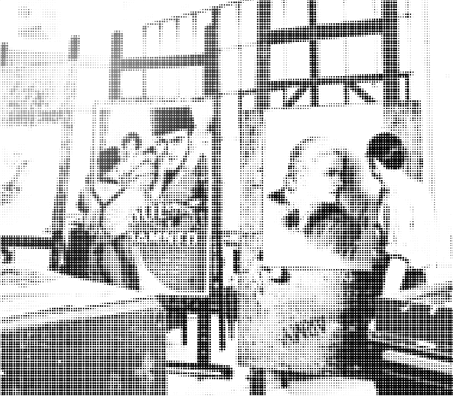




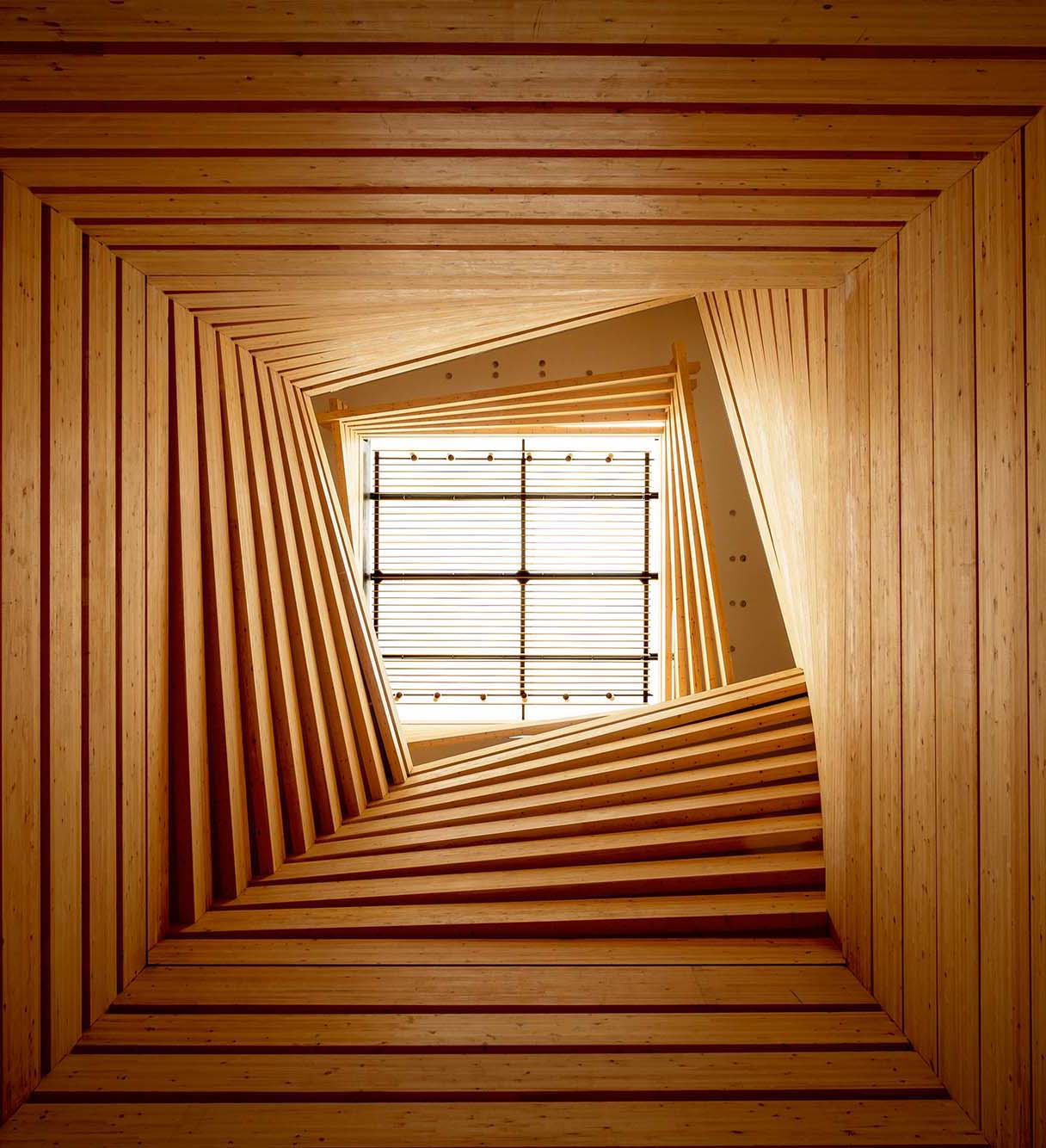
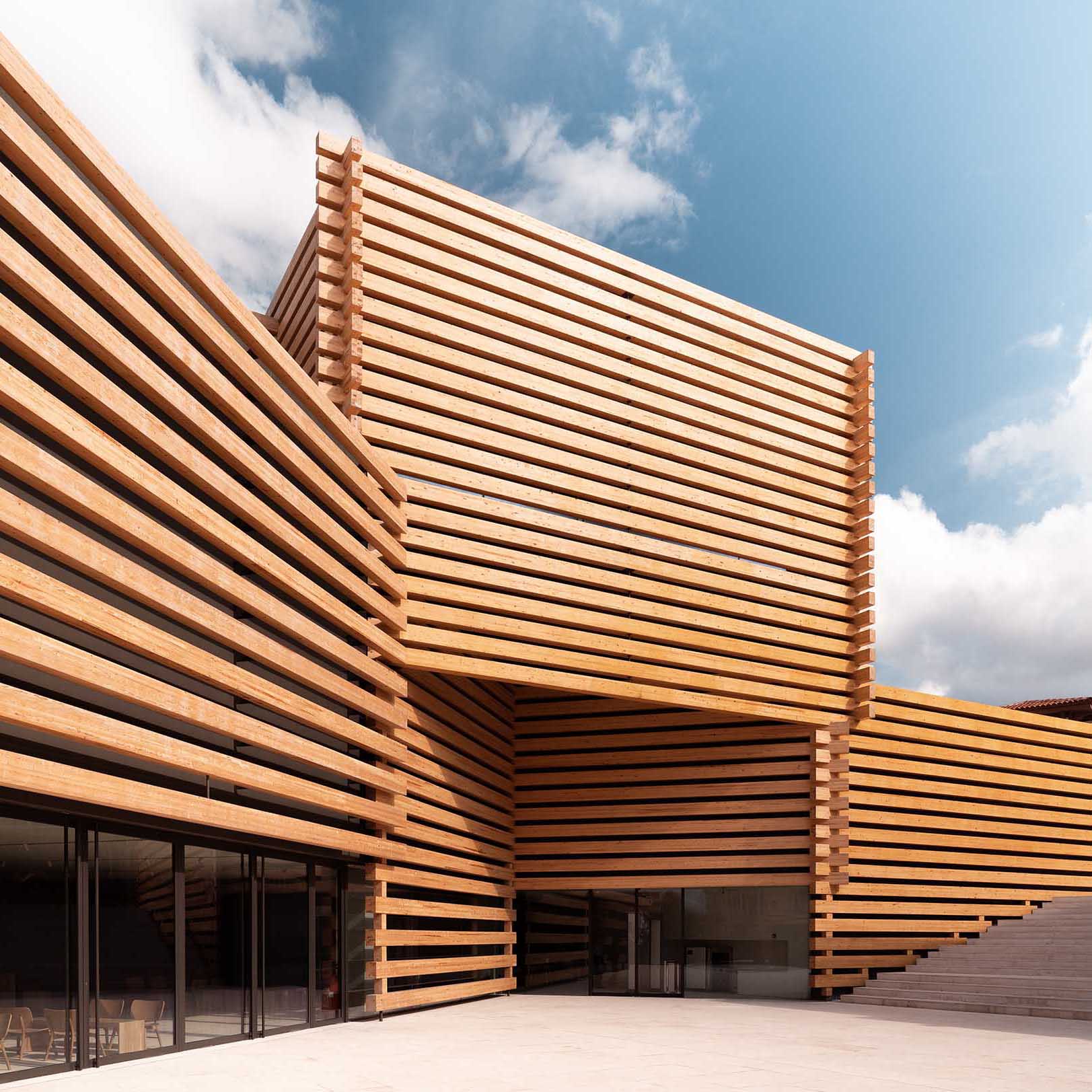

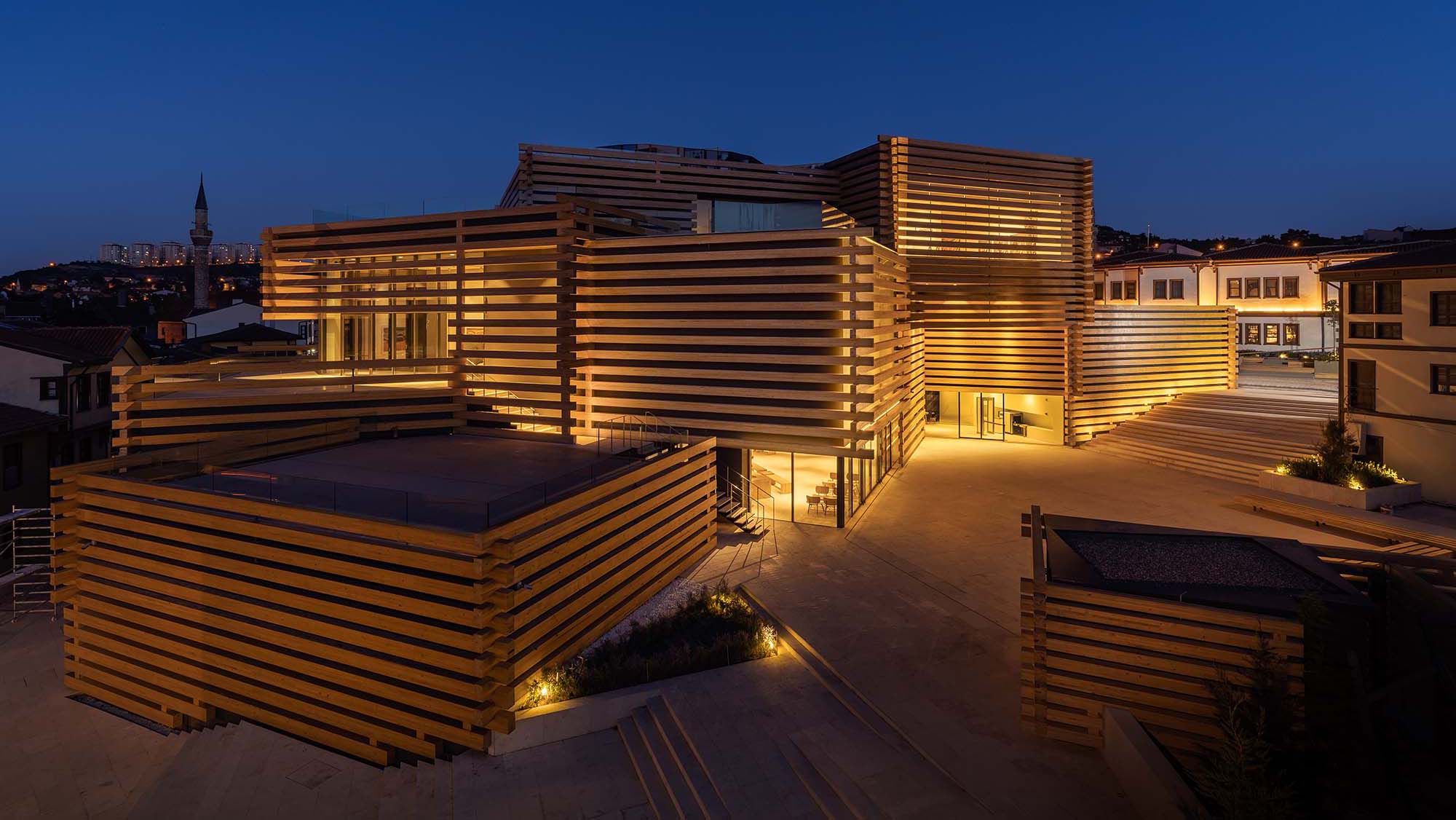
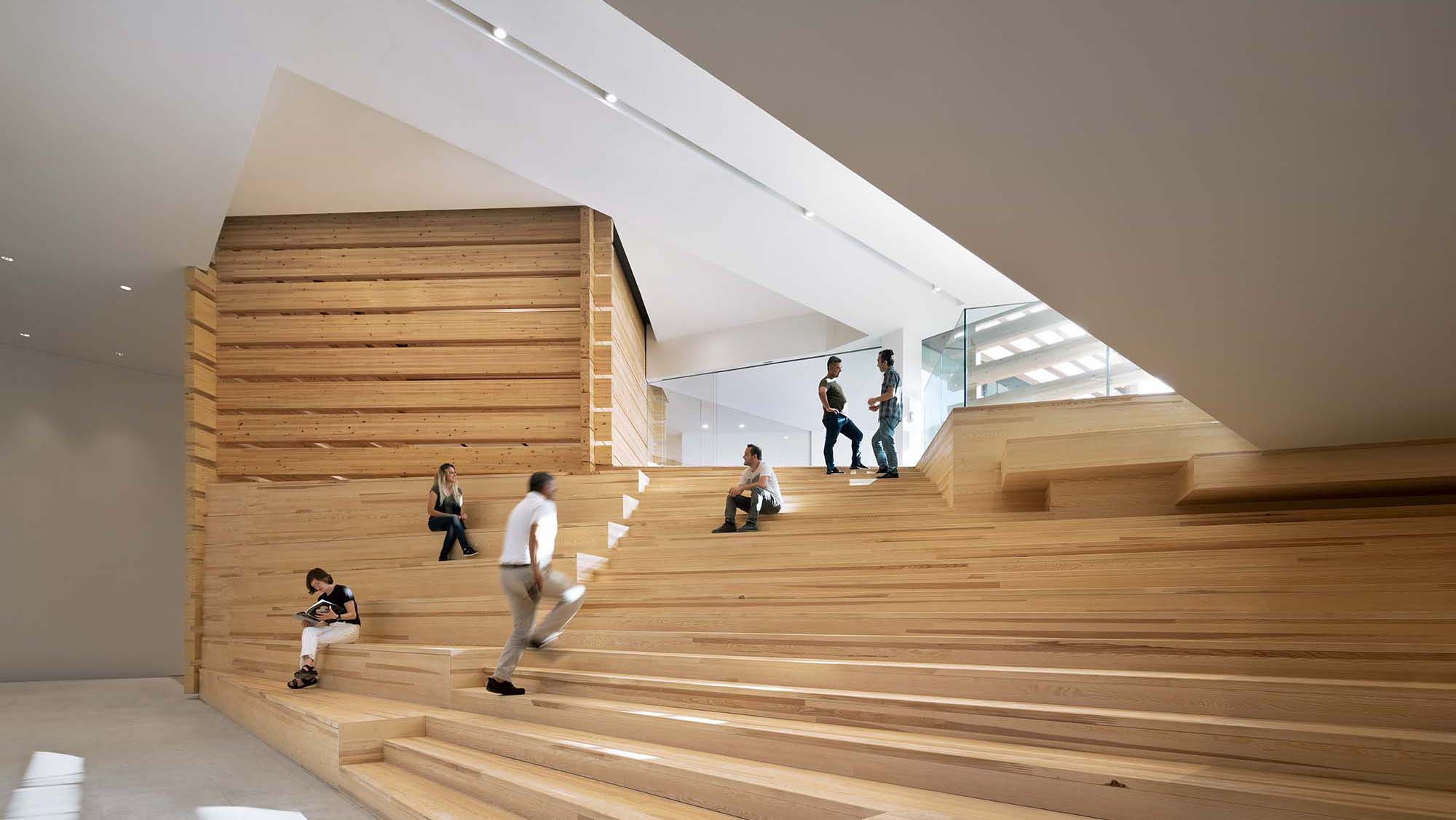
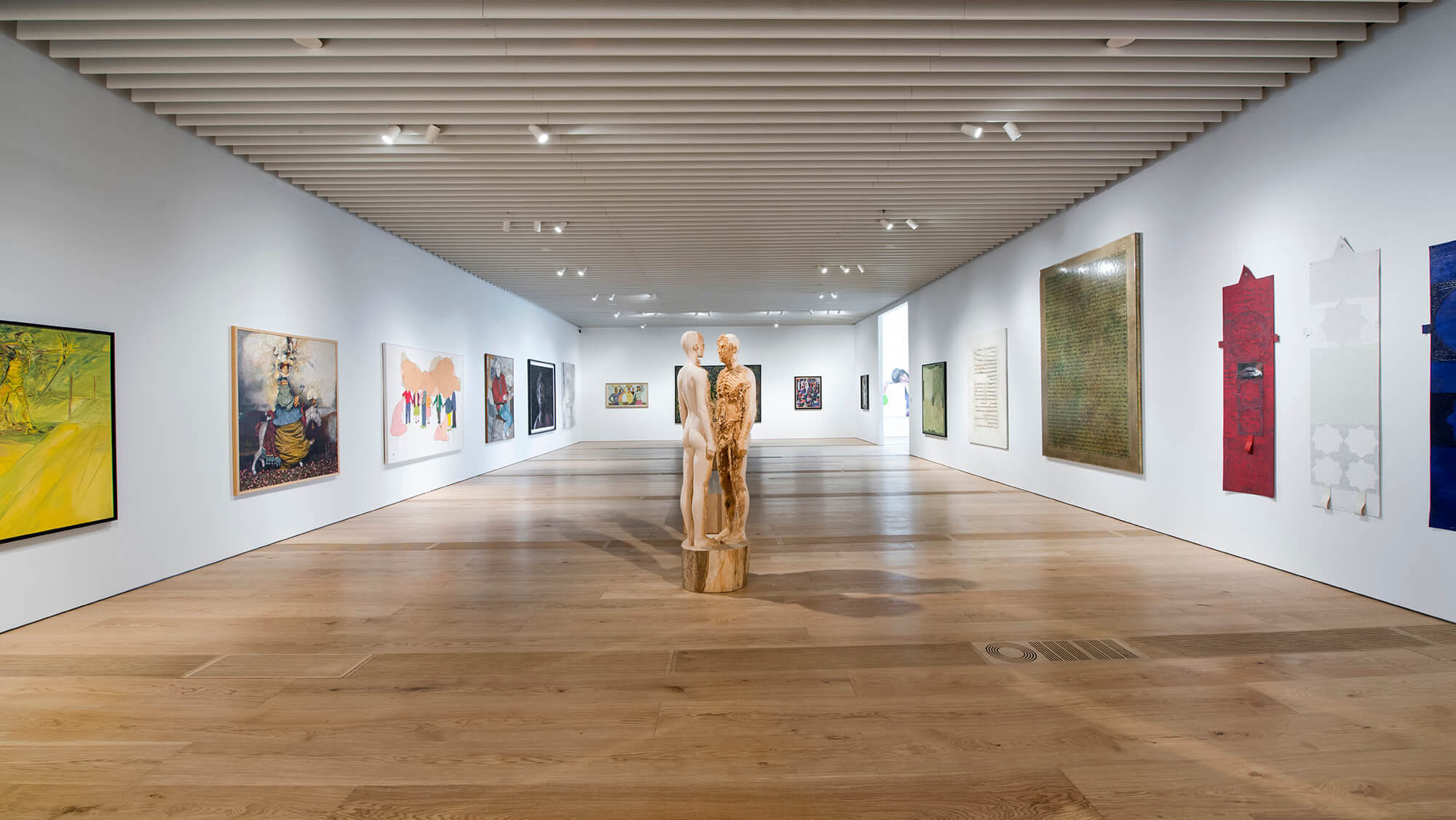
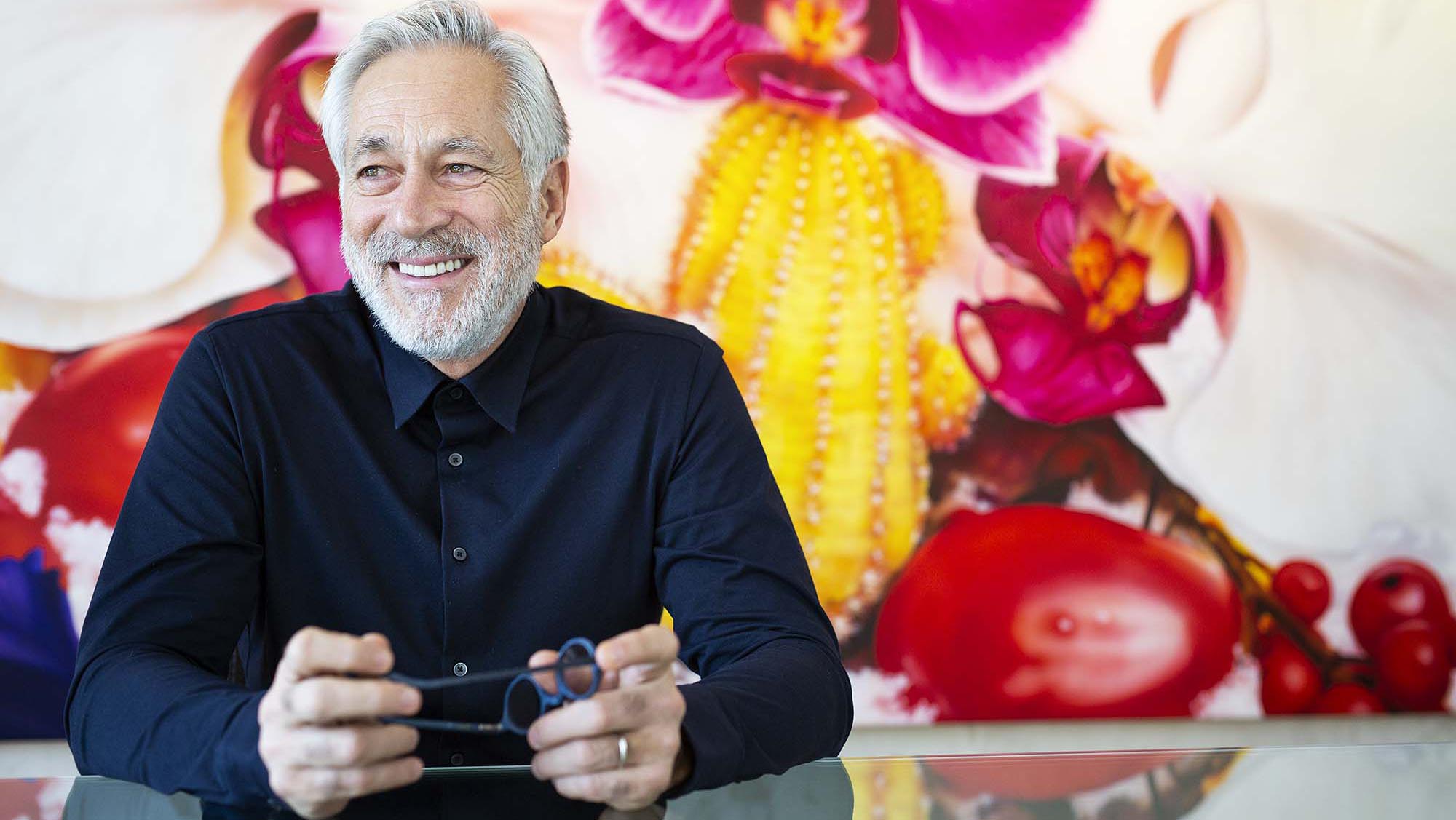
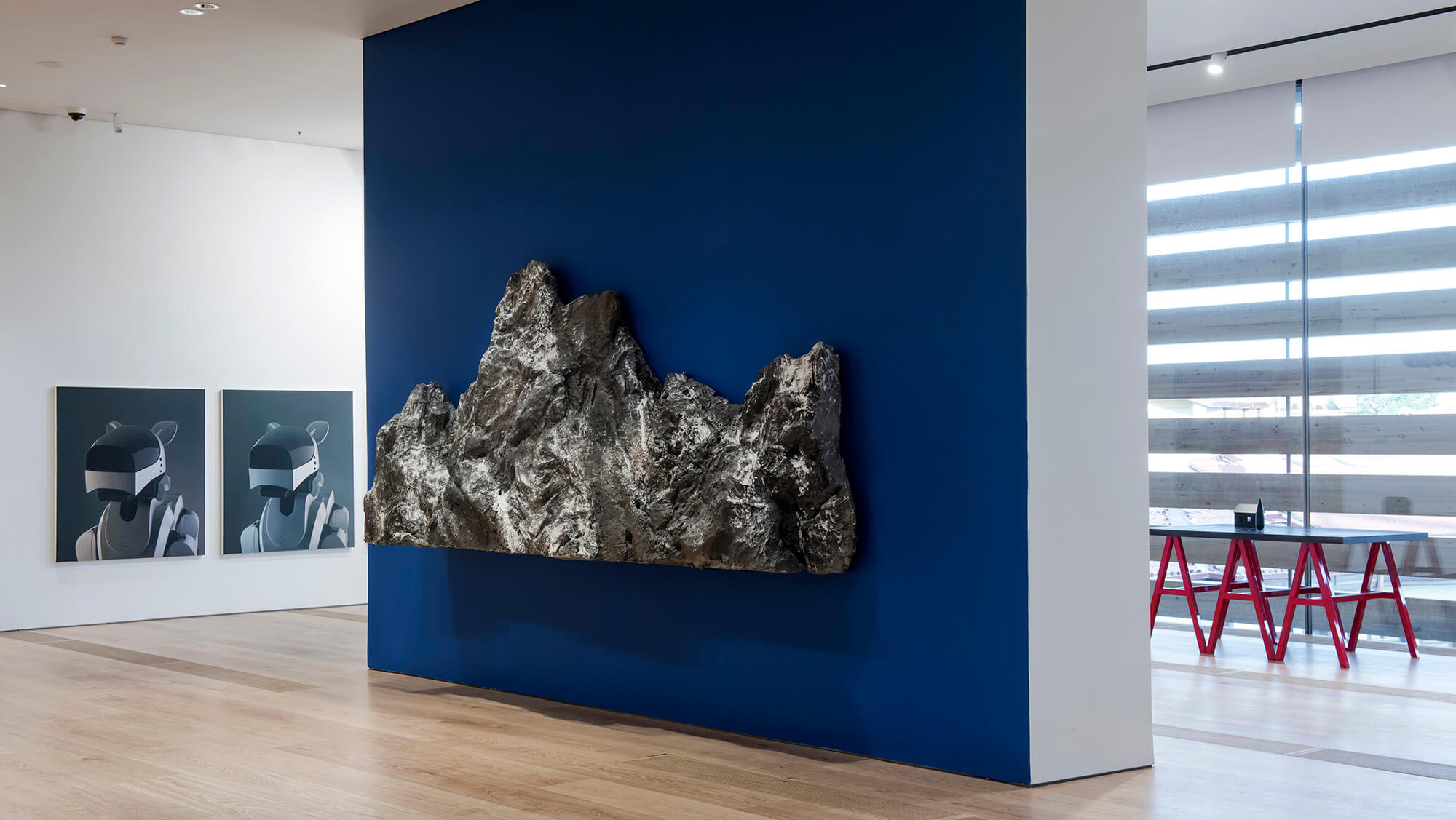
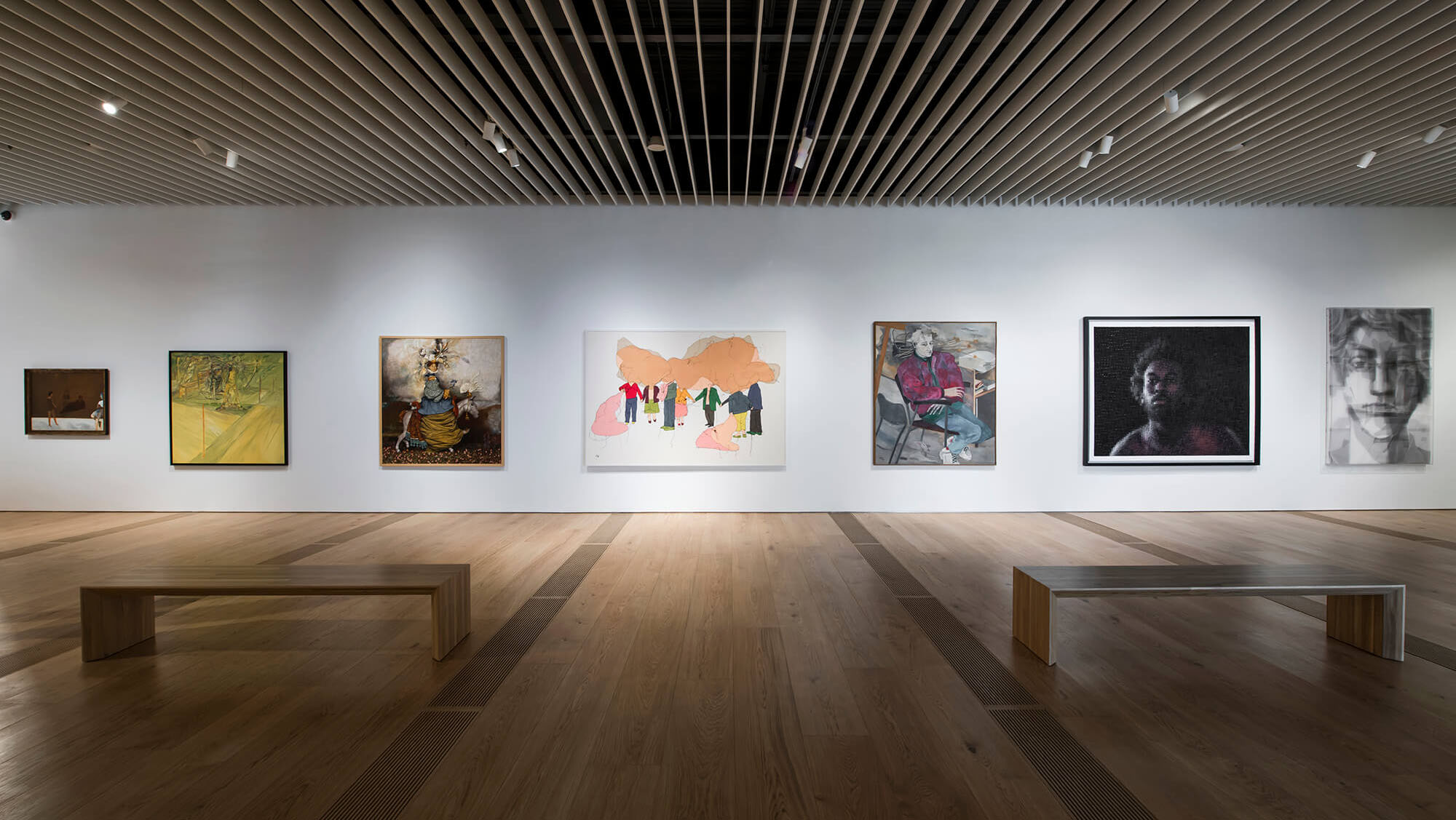
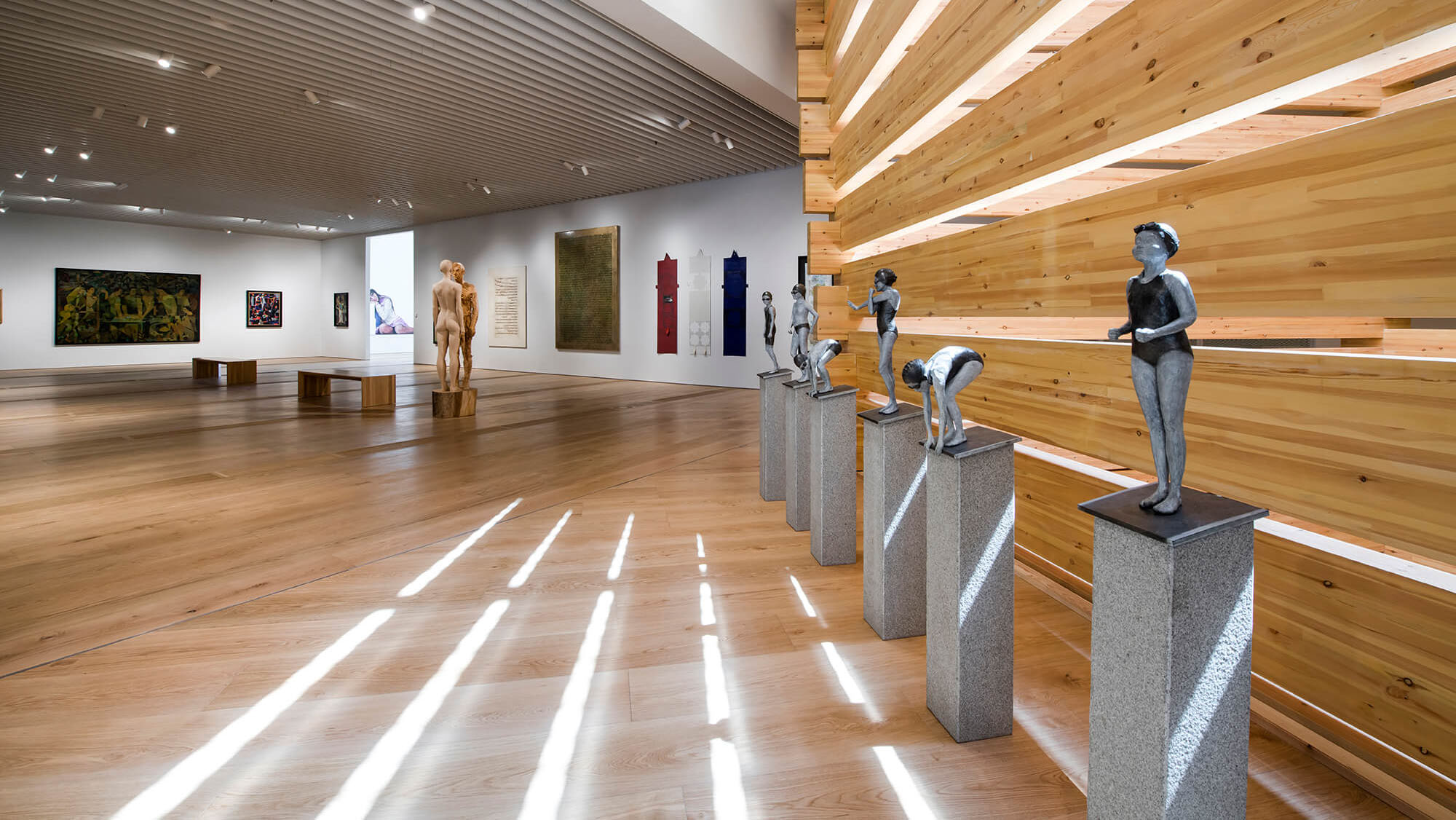
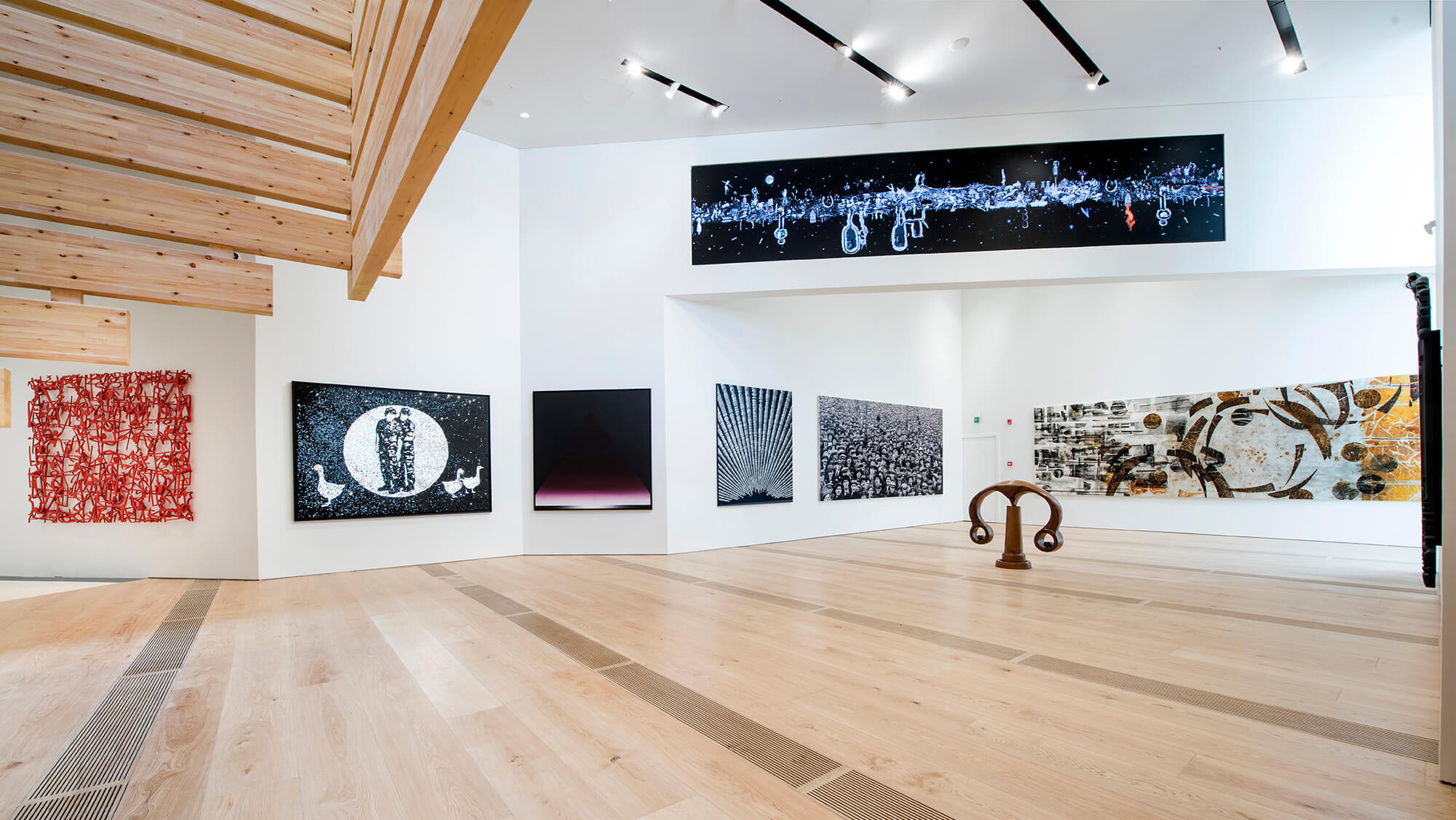

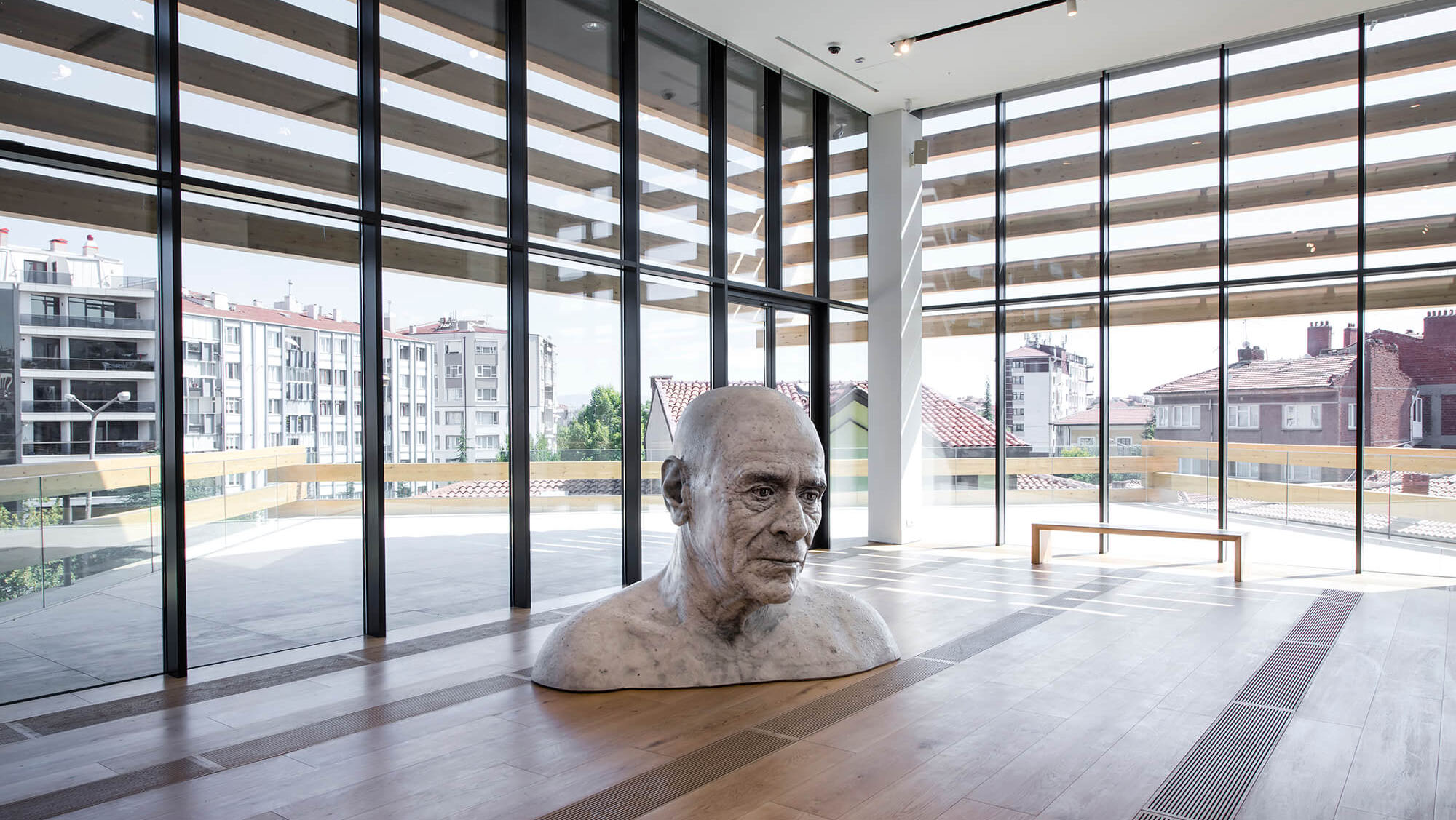
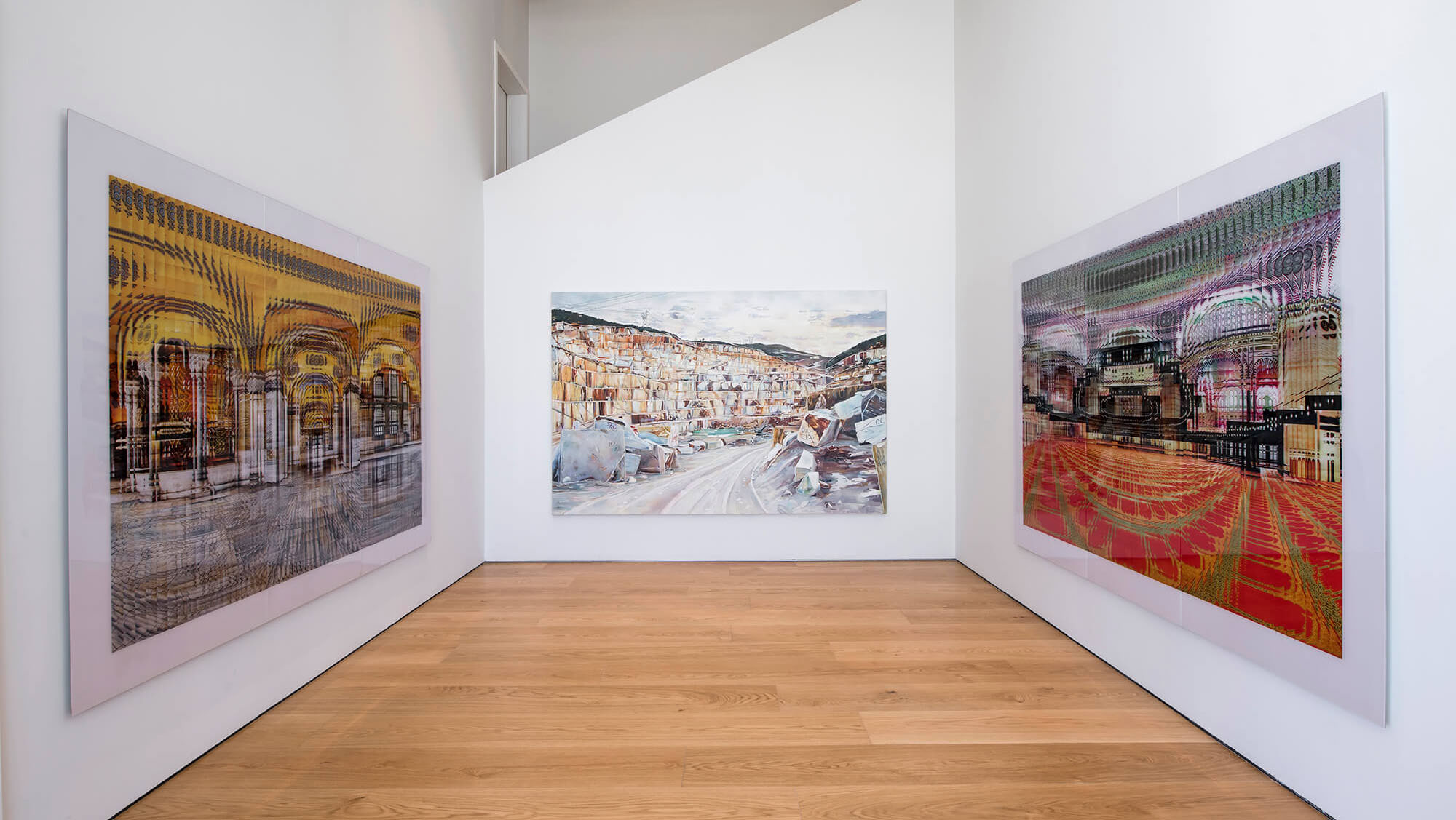
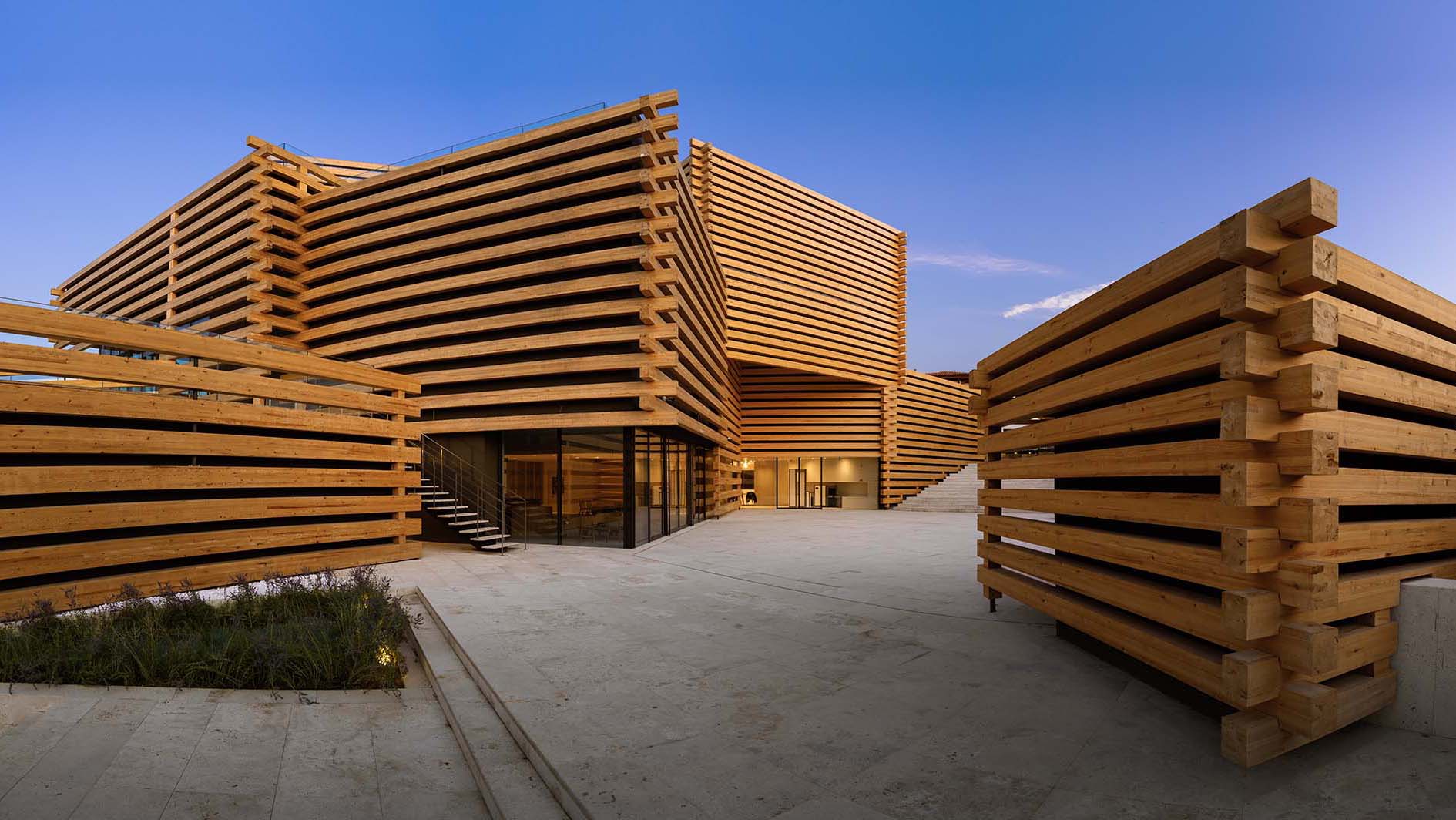
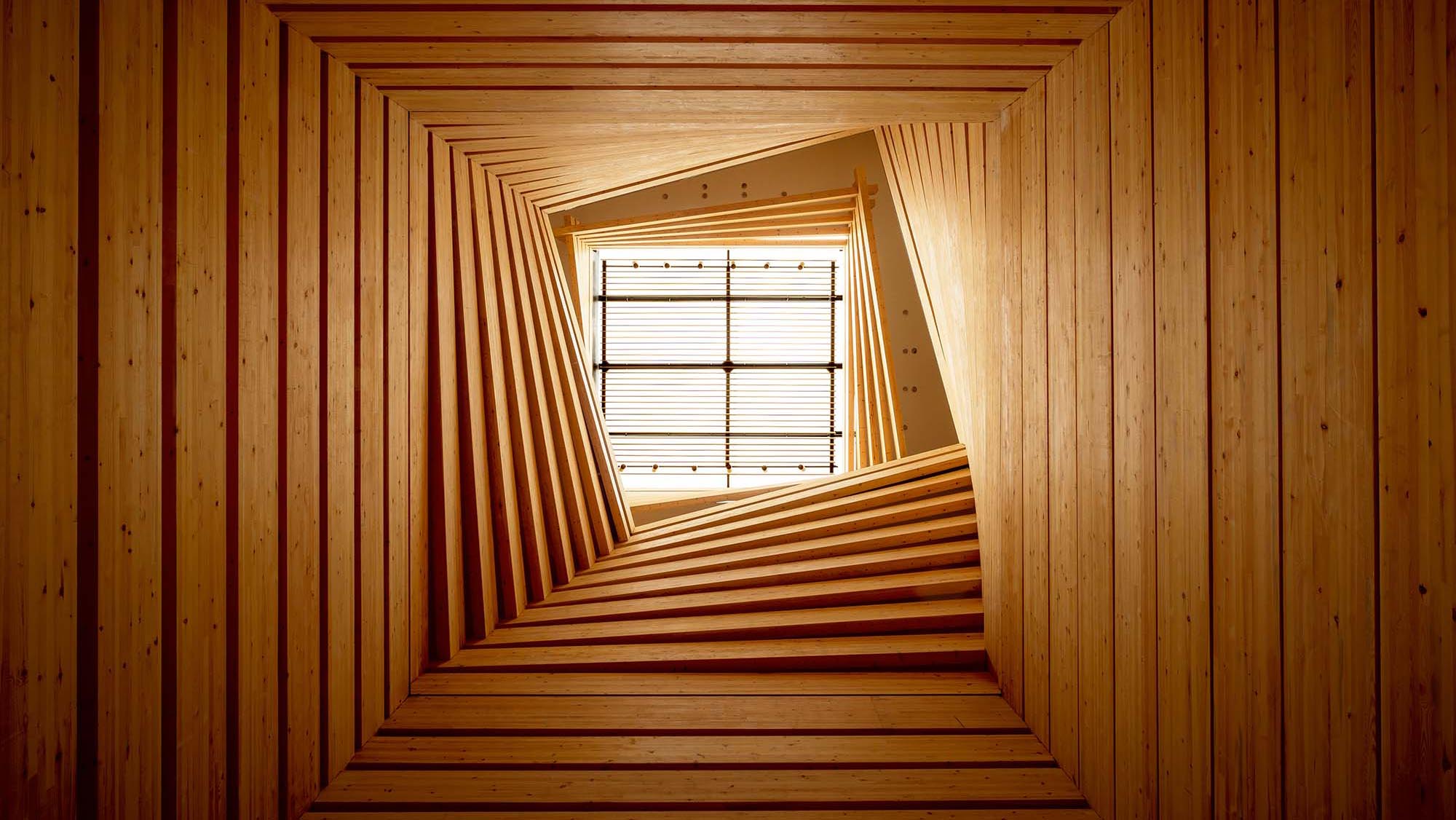
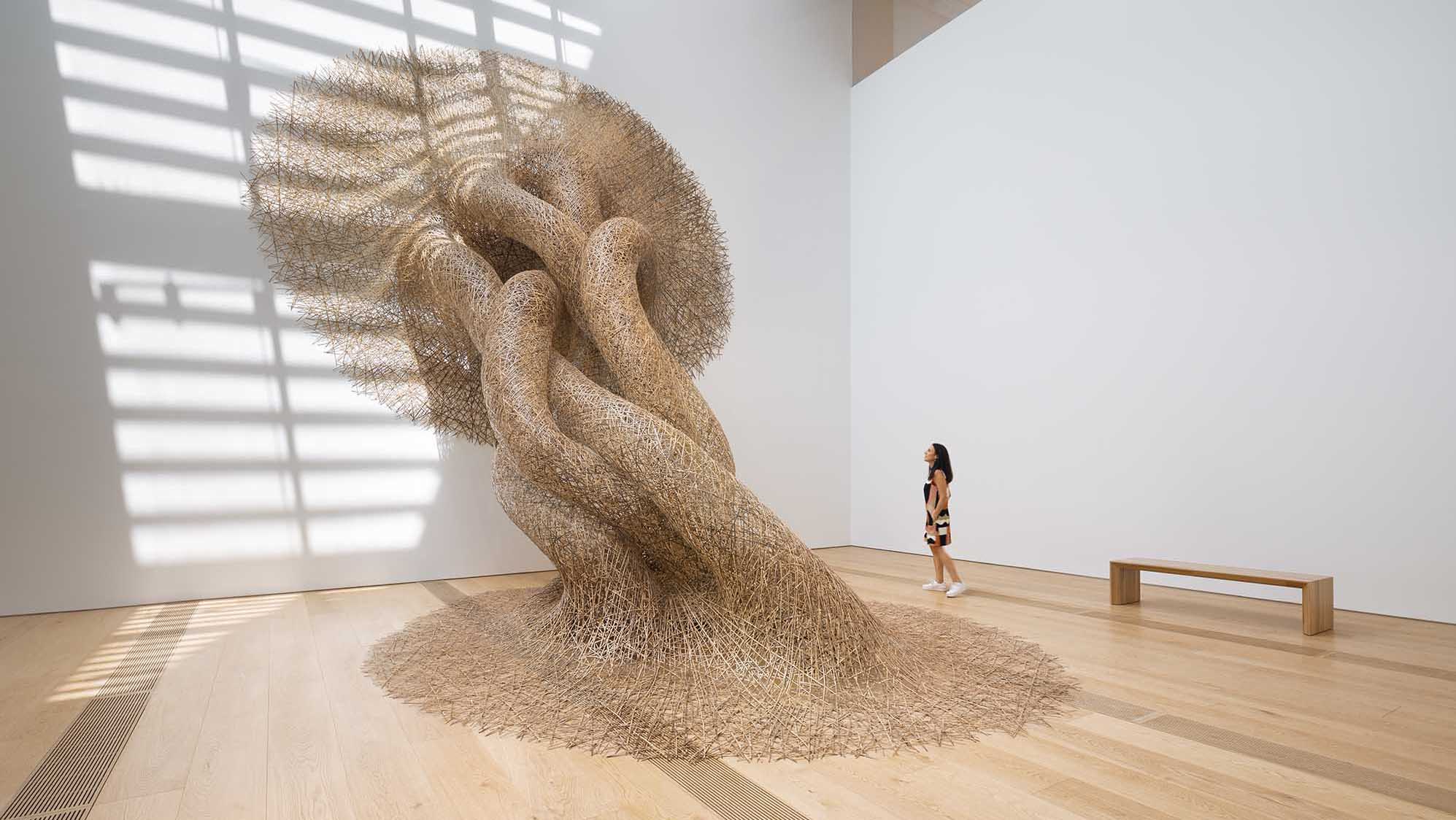
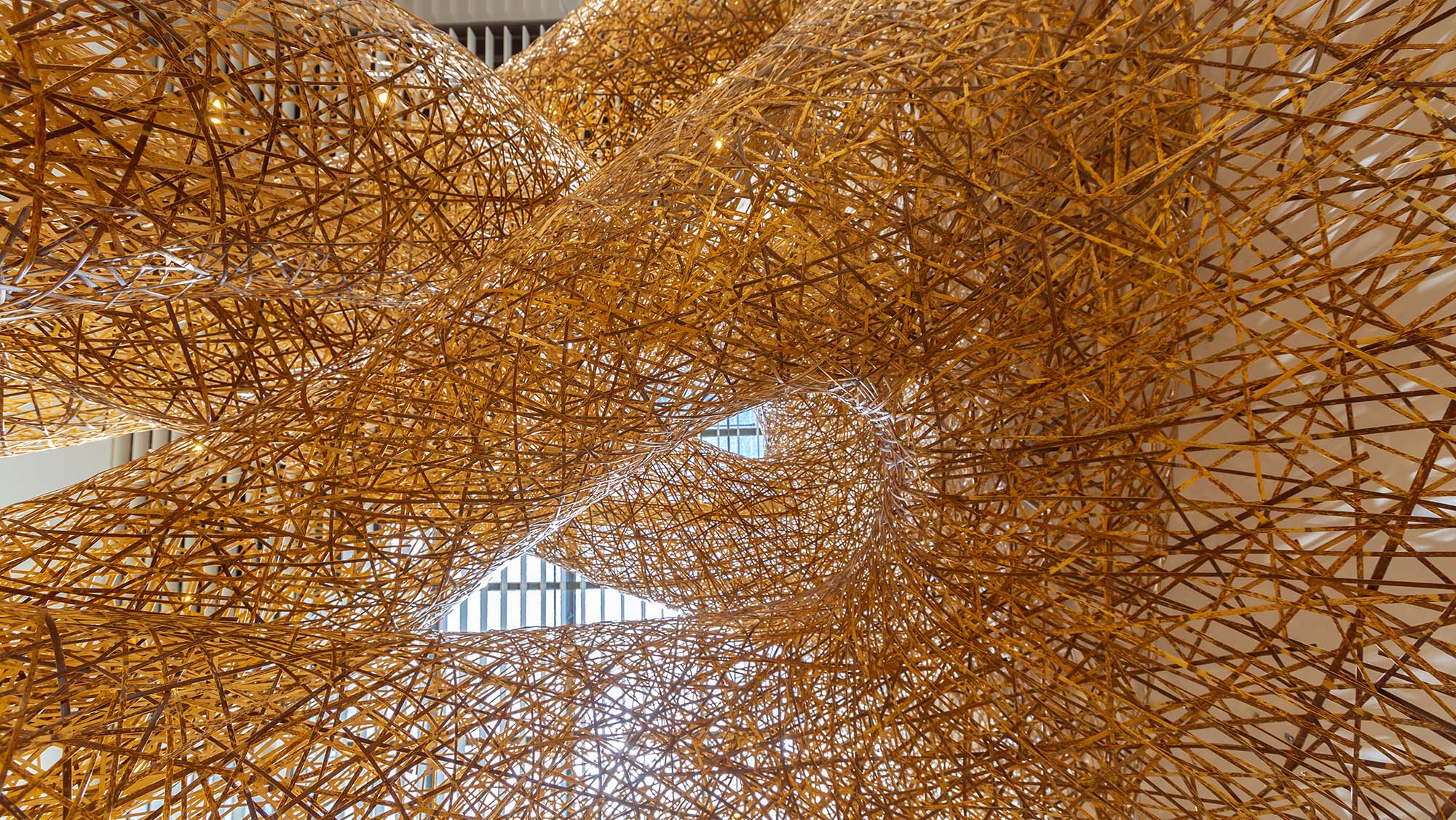
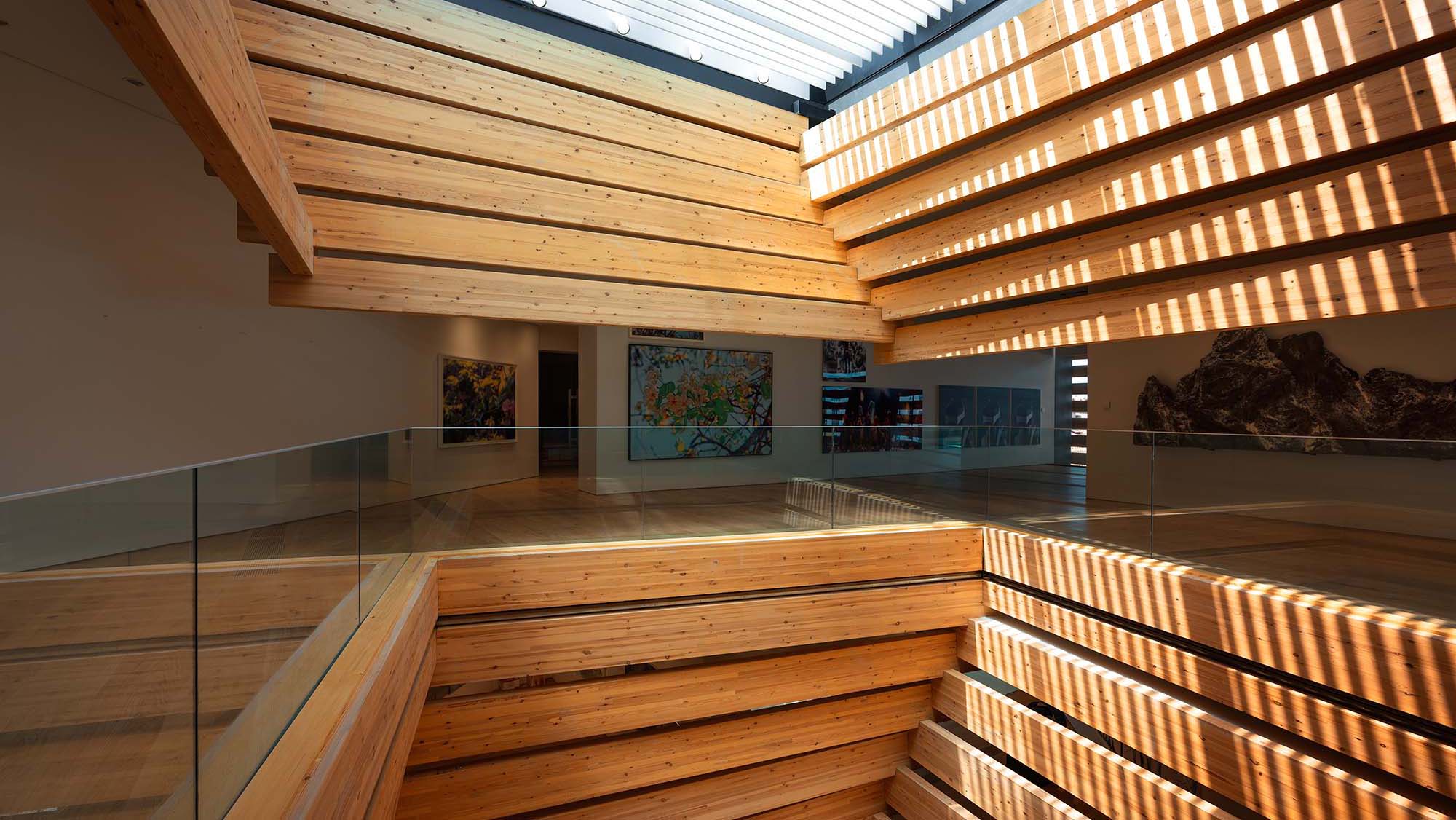
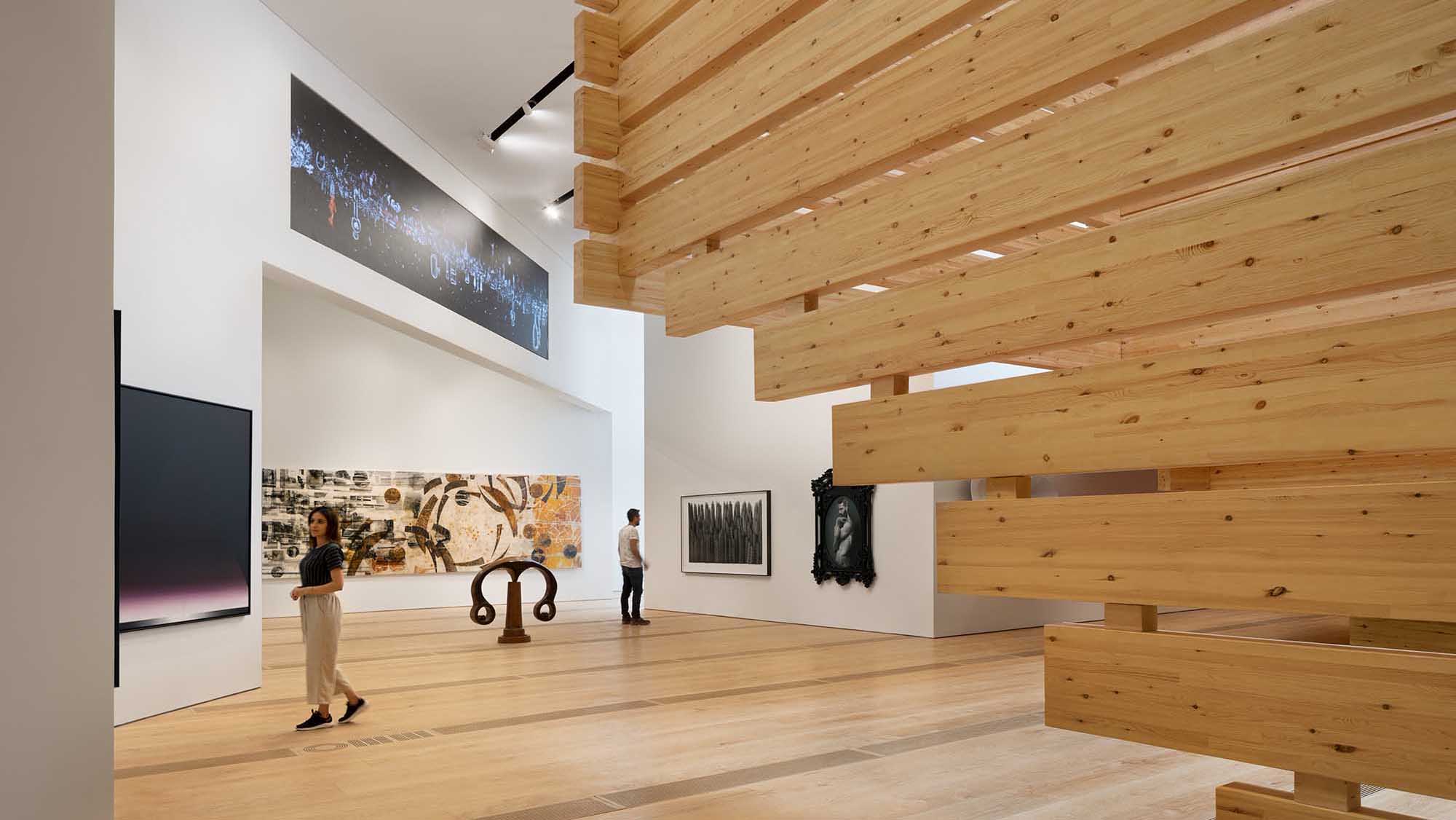
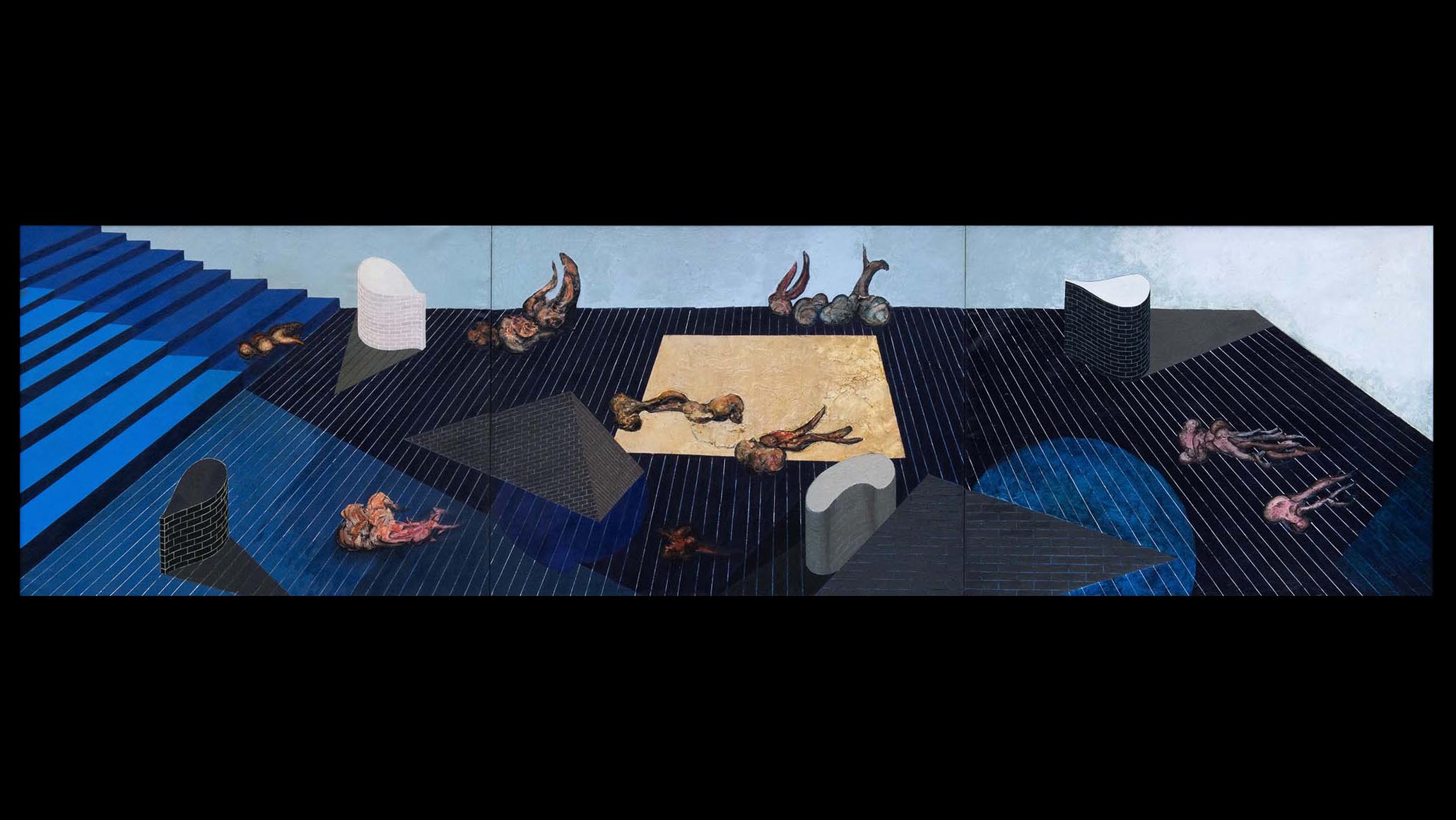
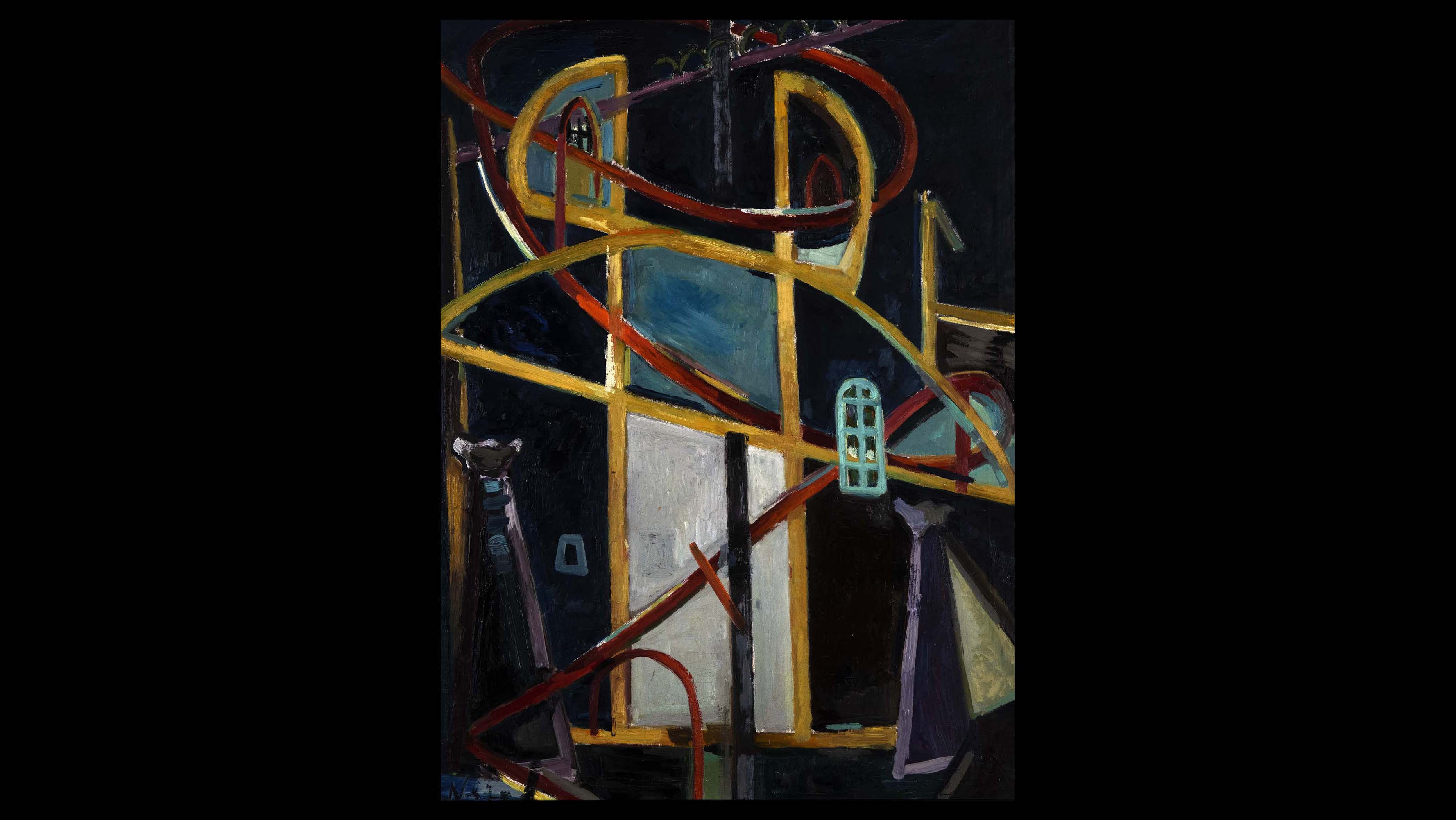
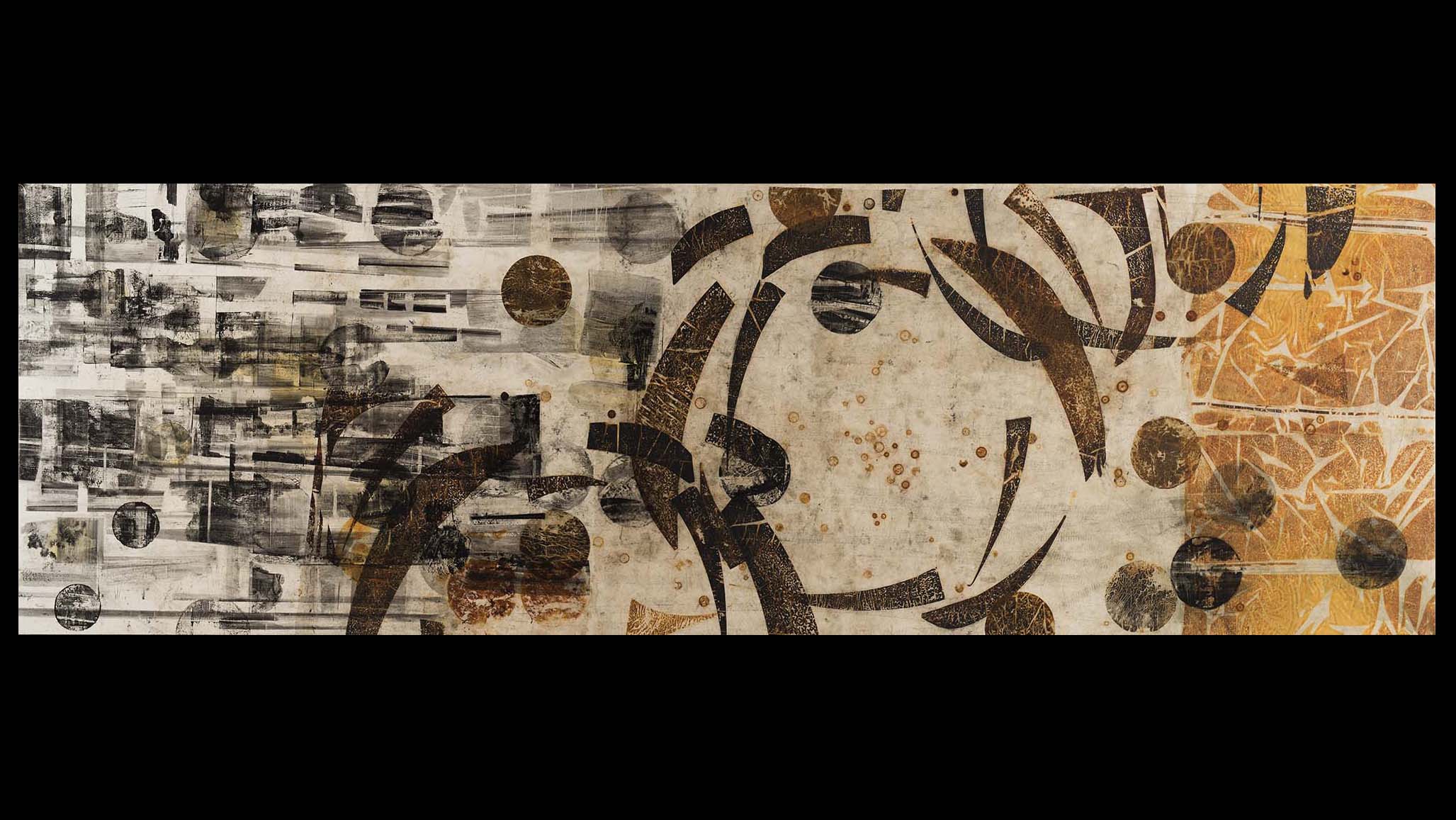
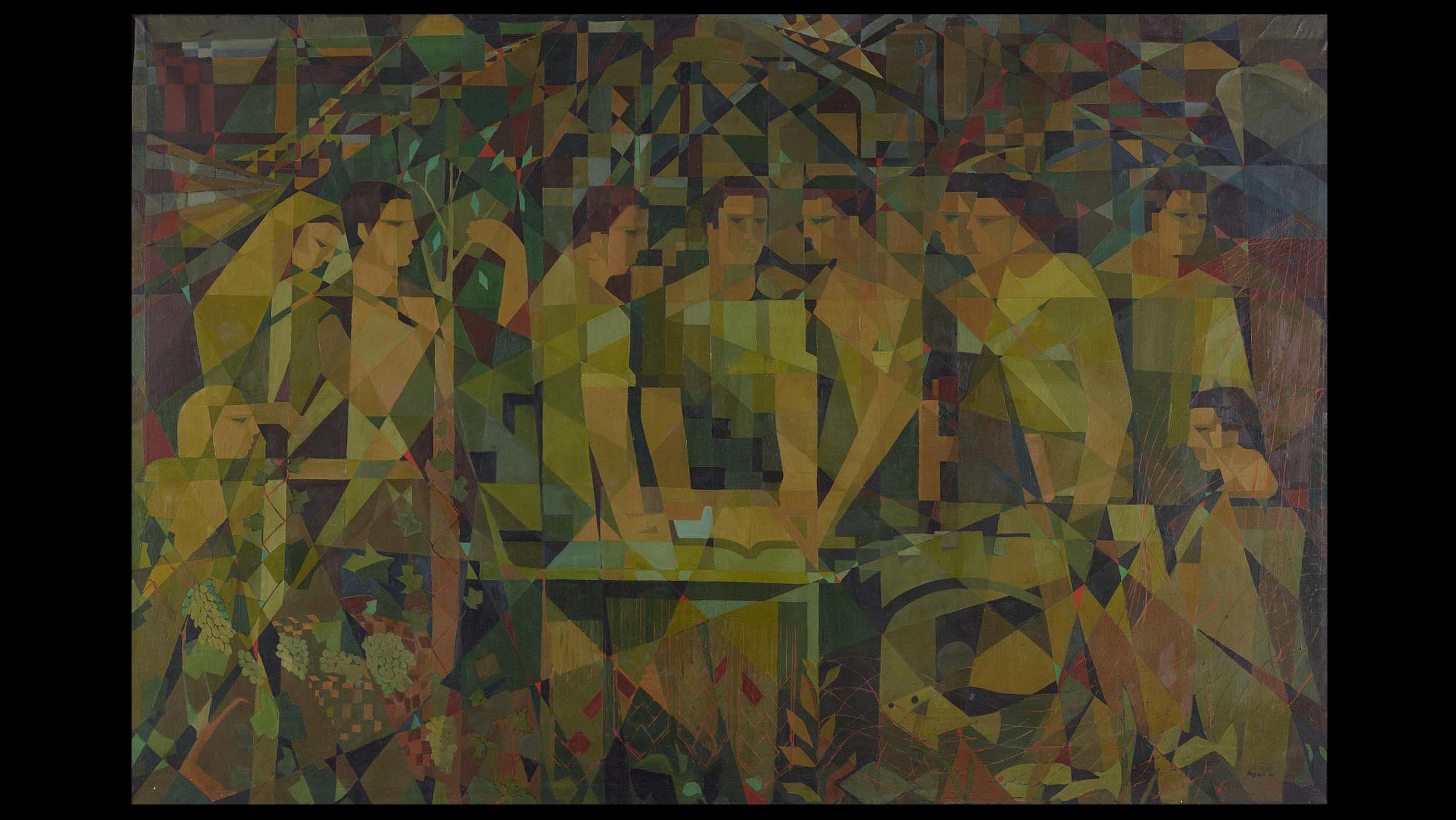
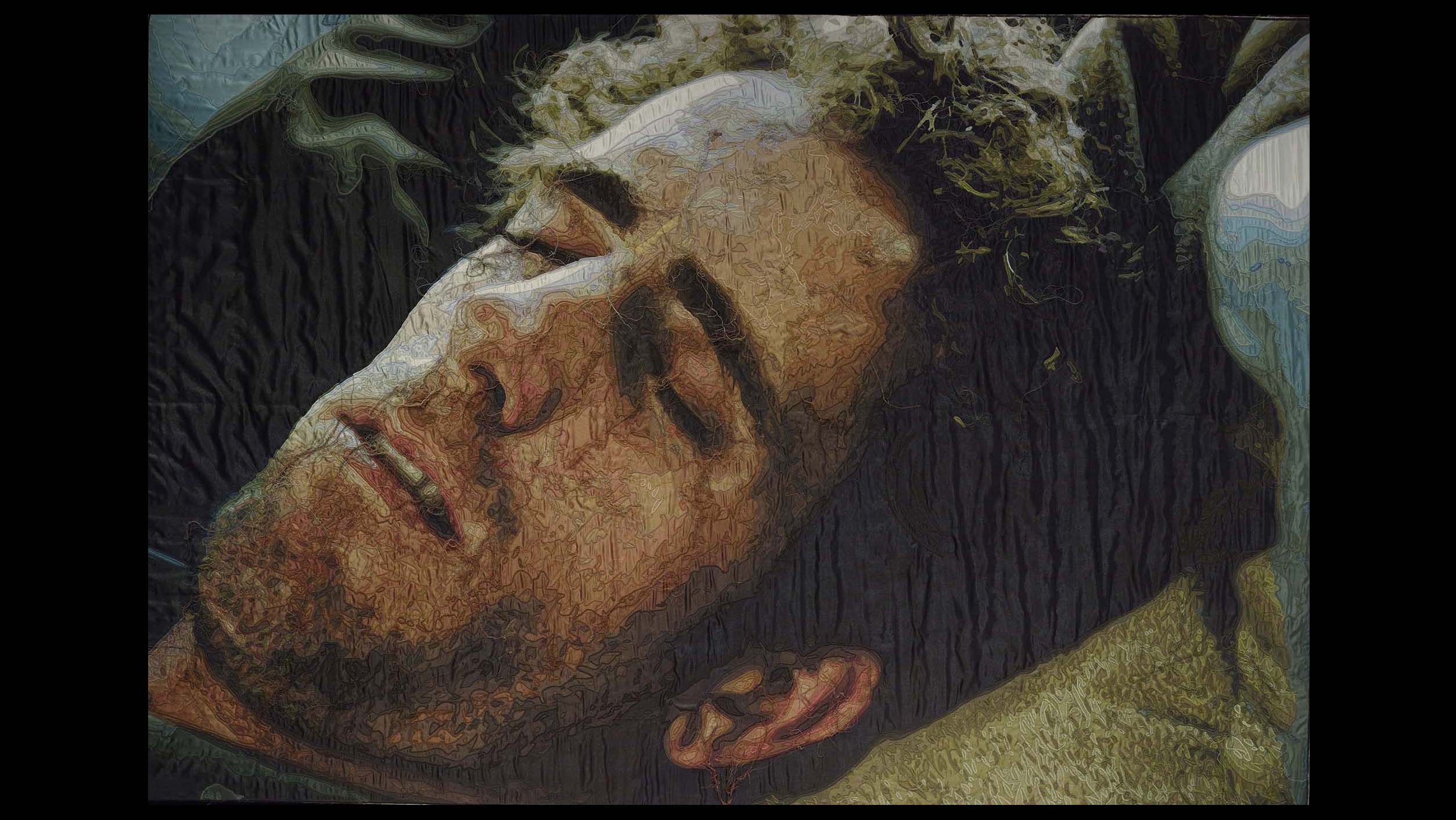
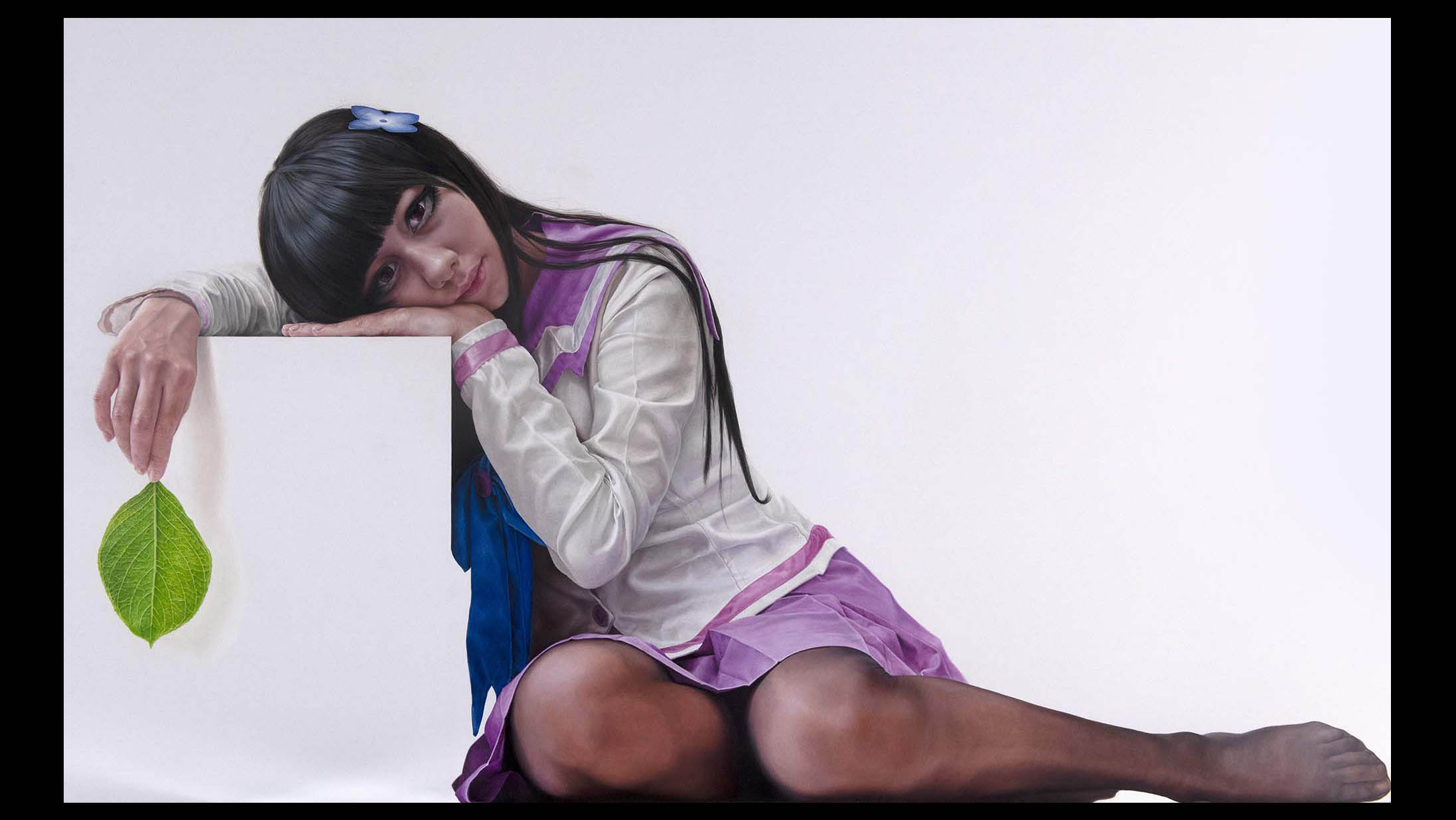
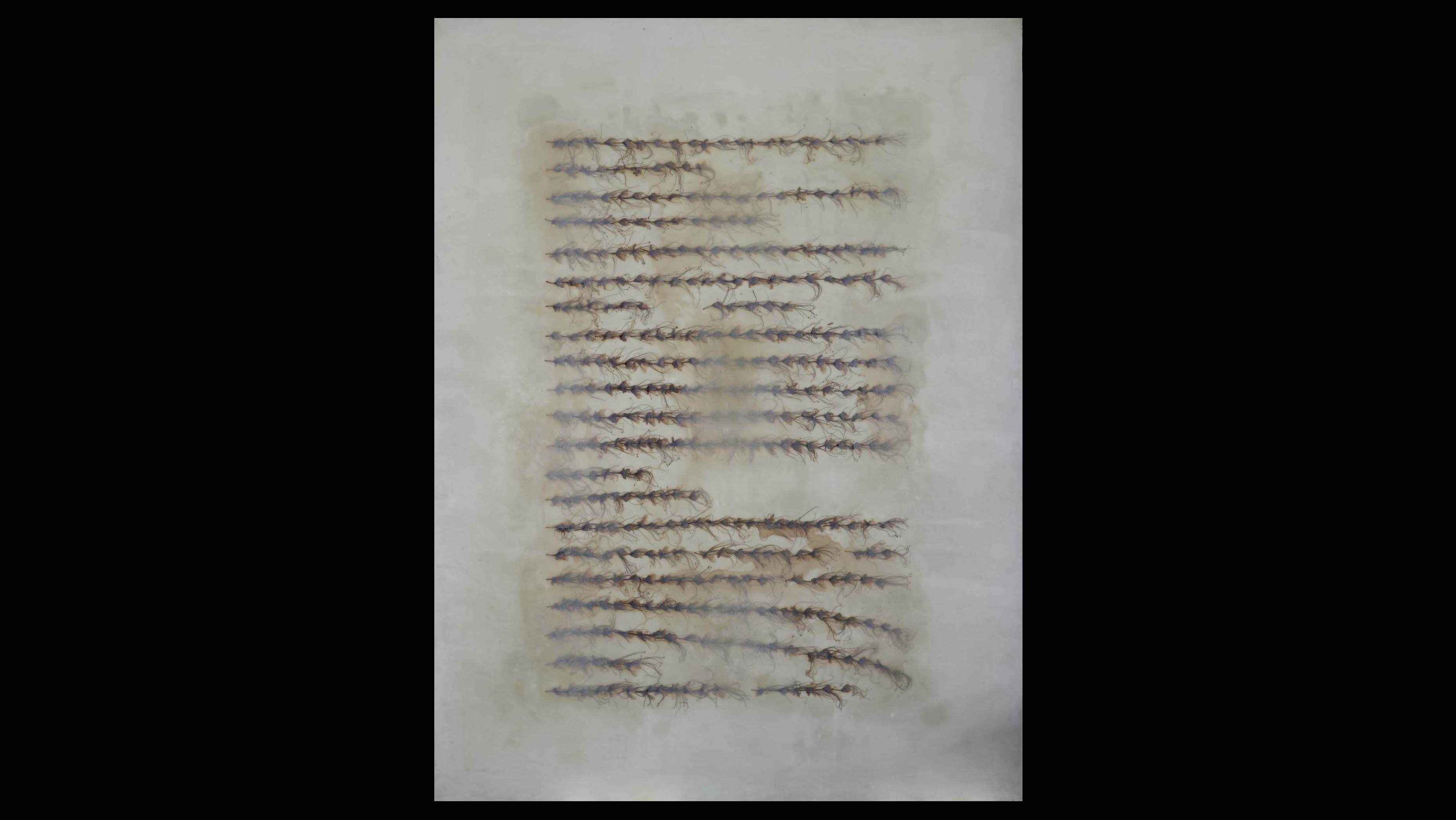




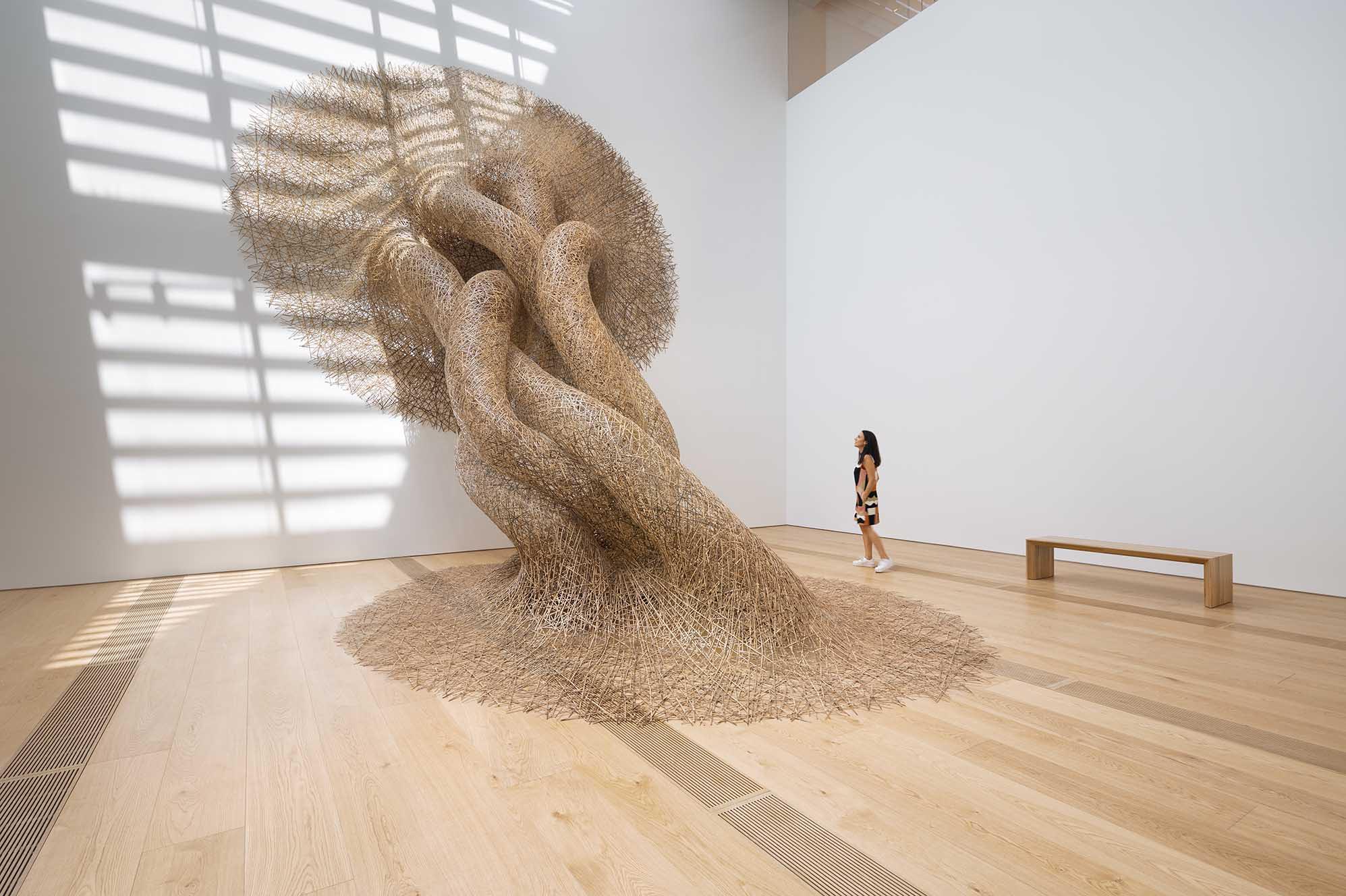
 UP
UP


